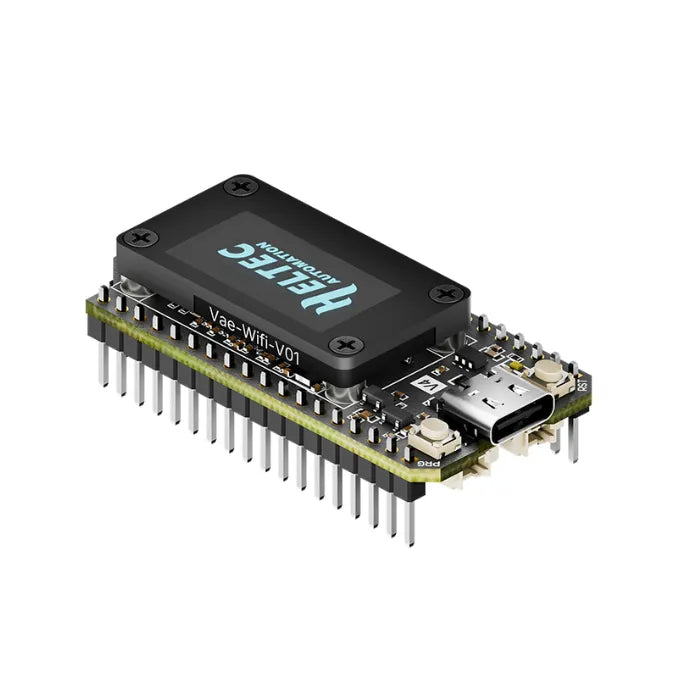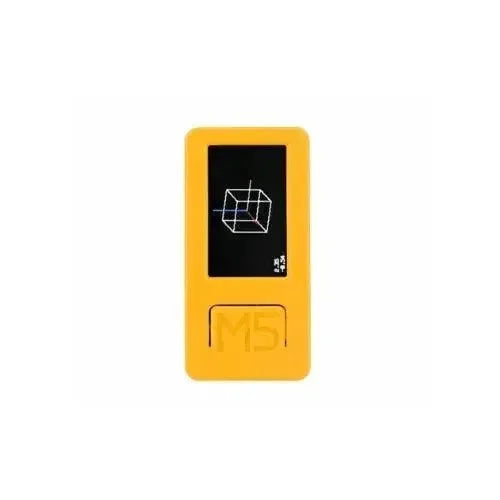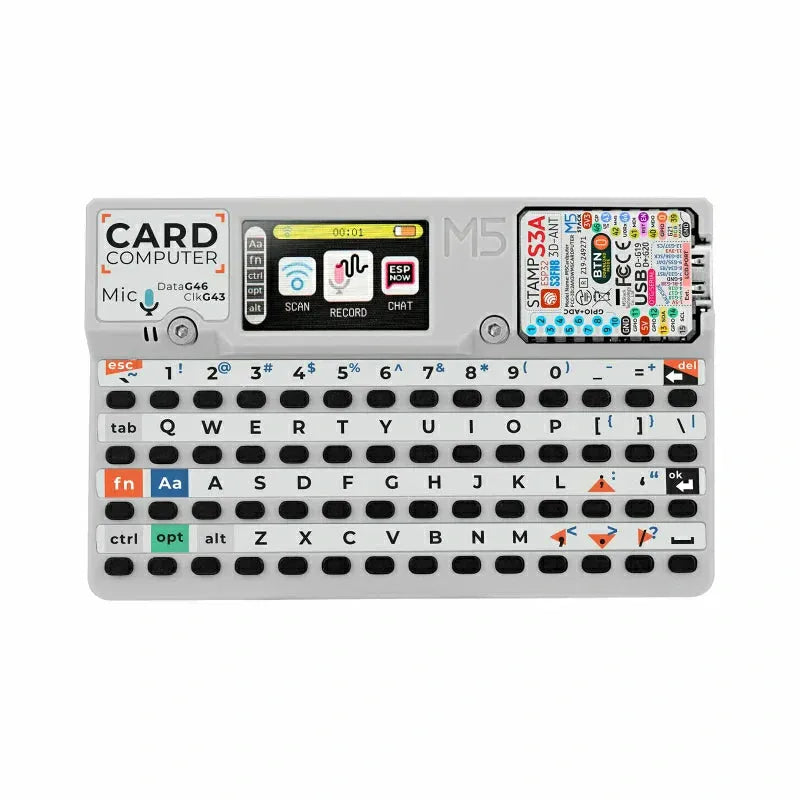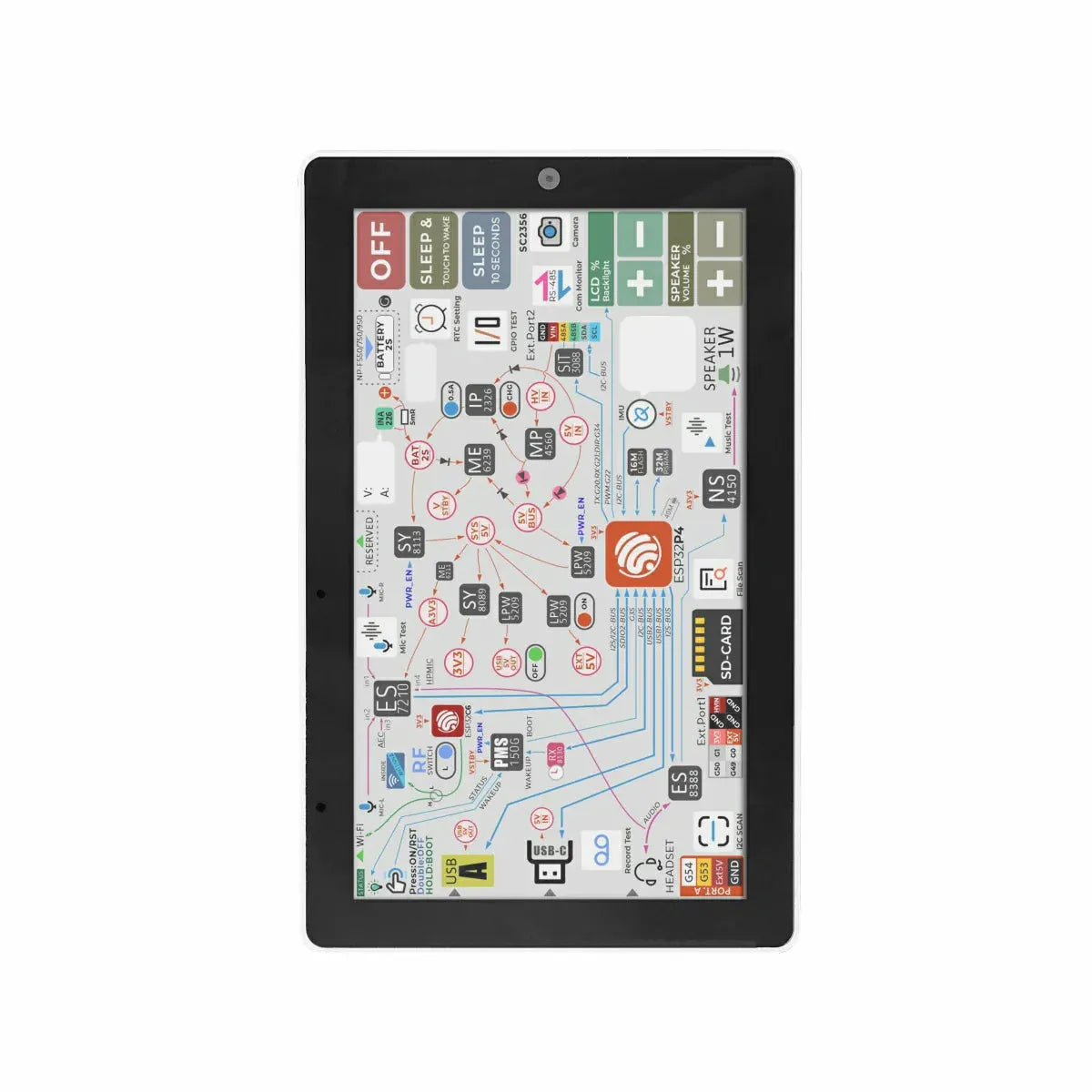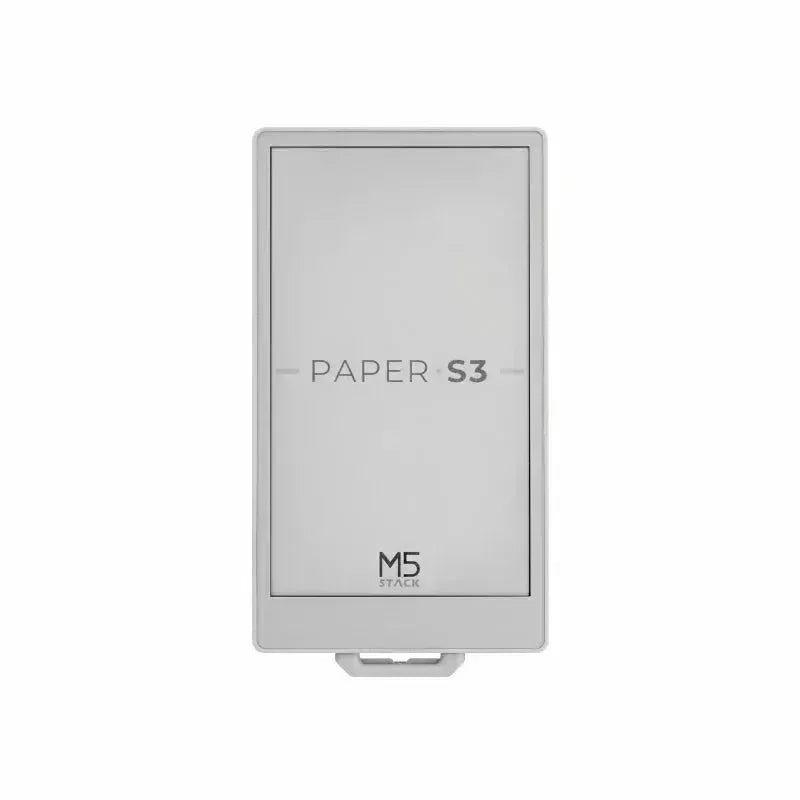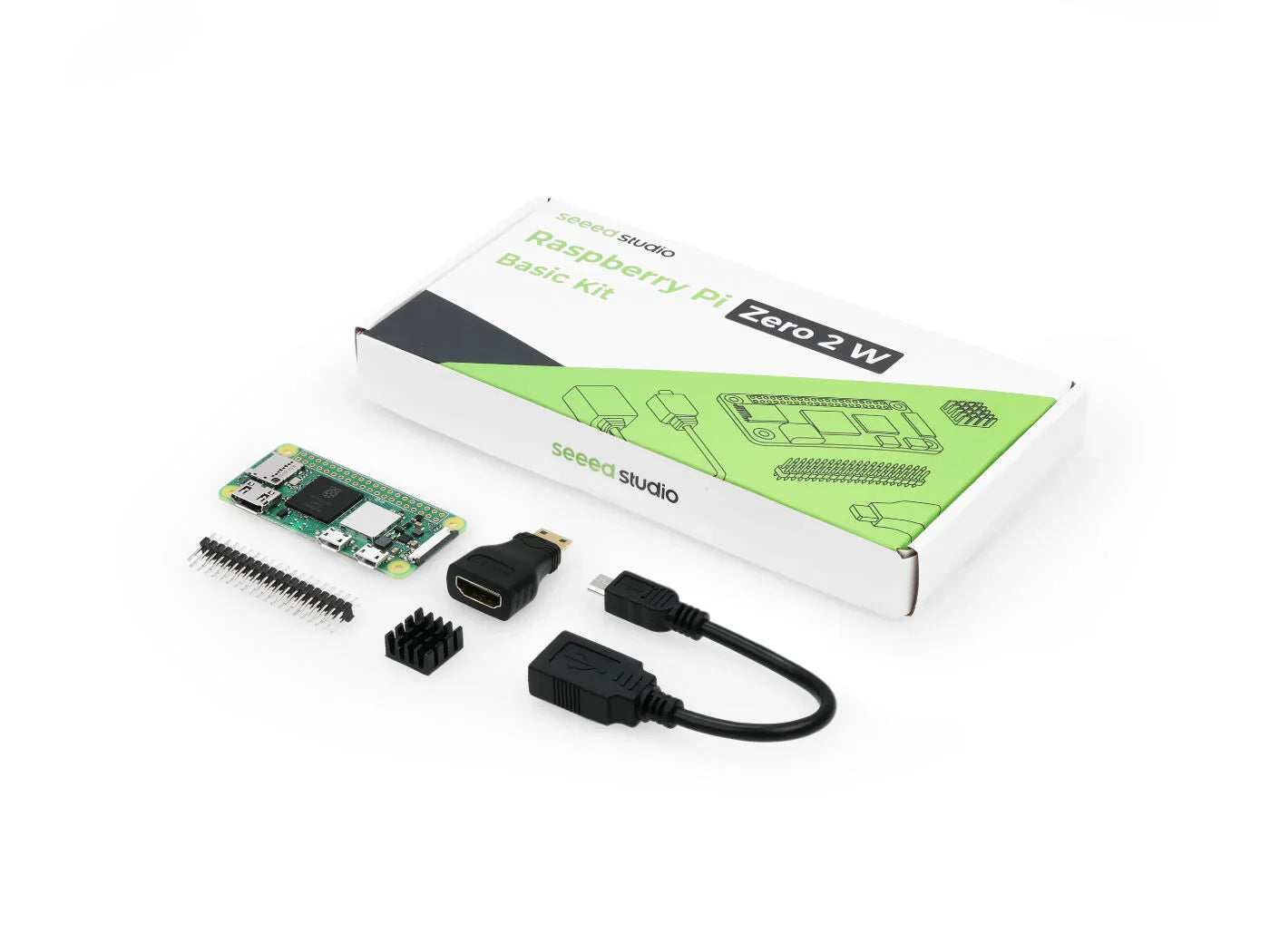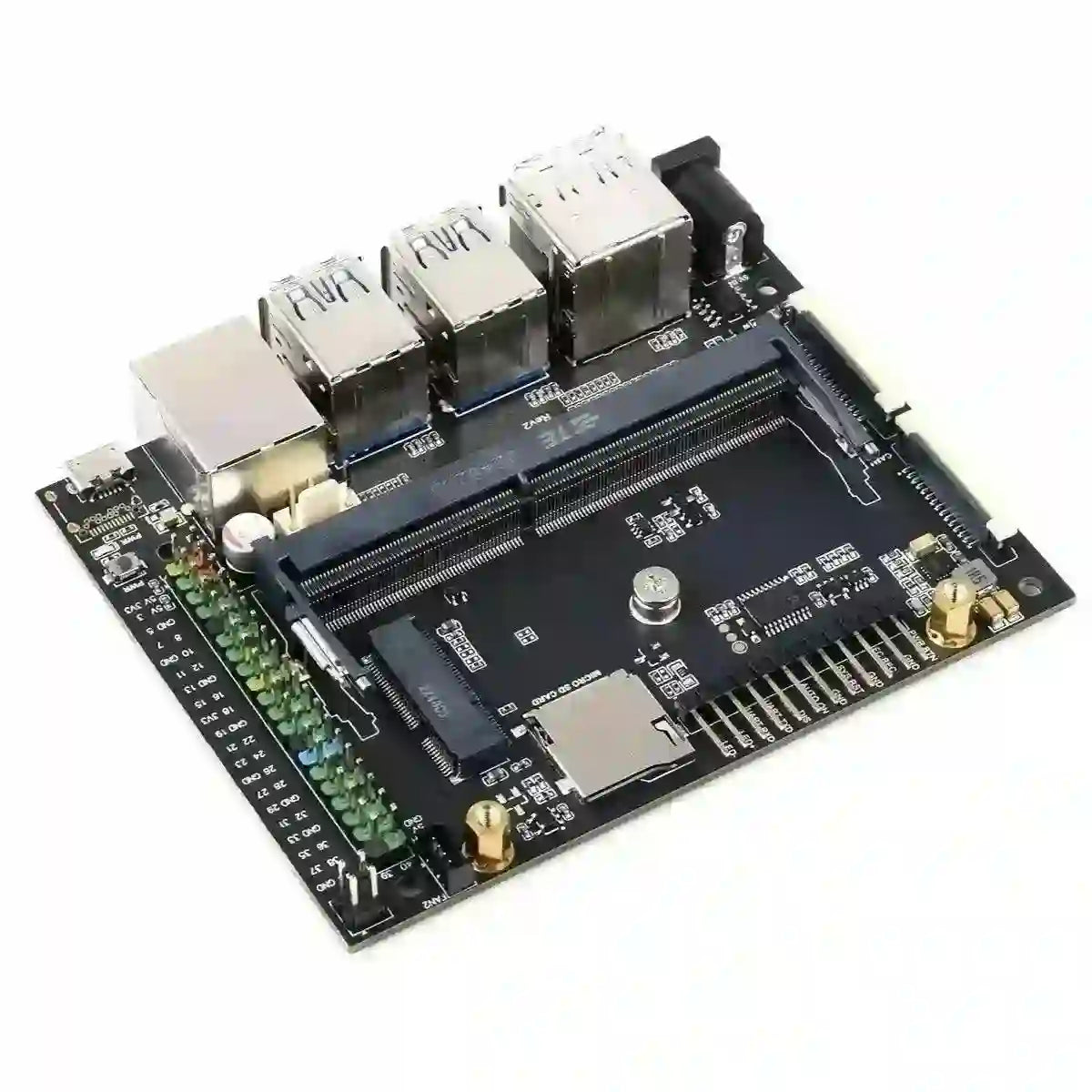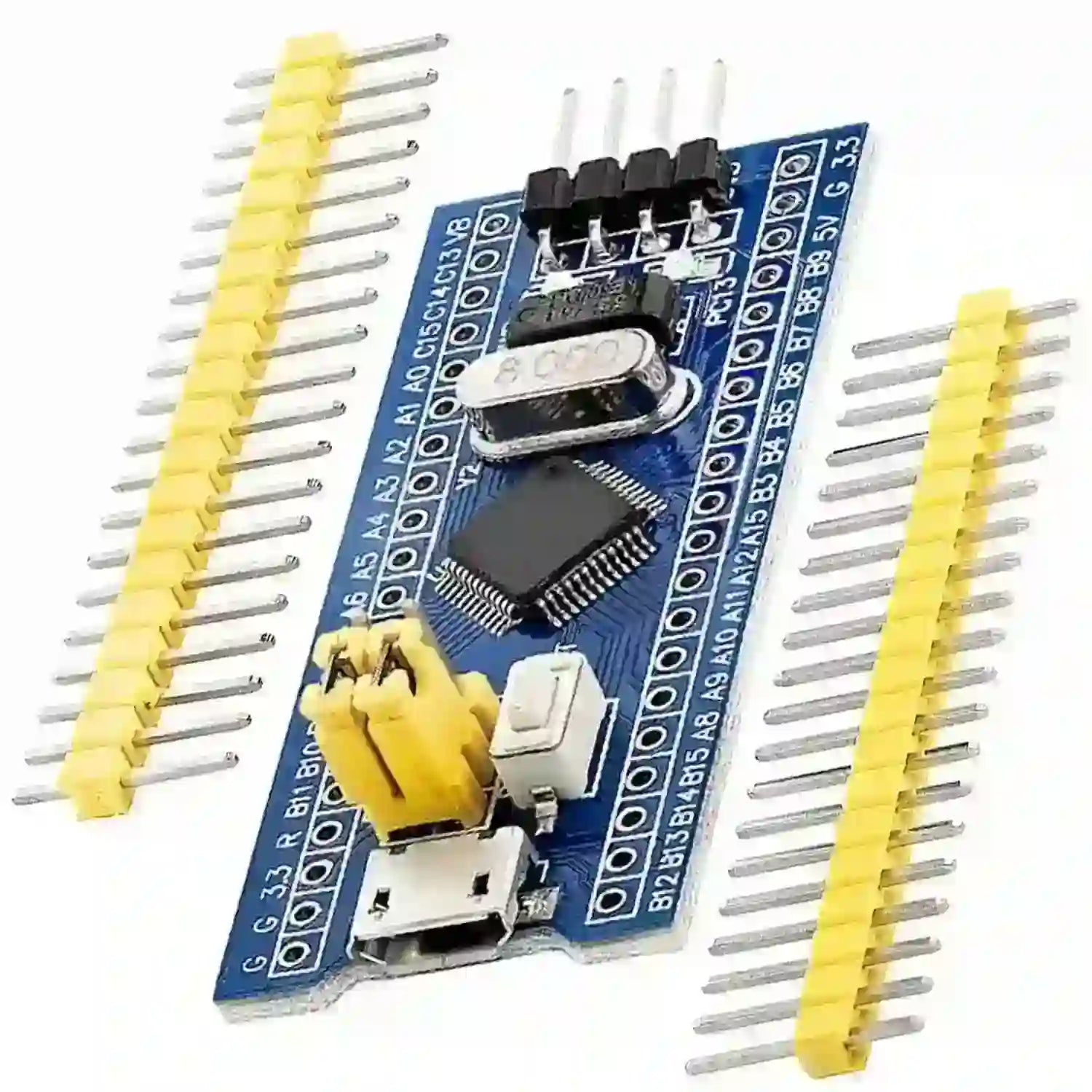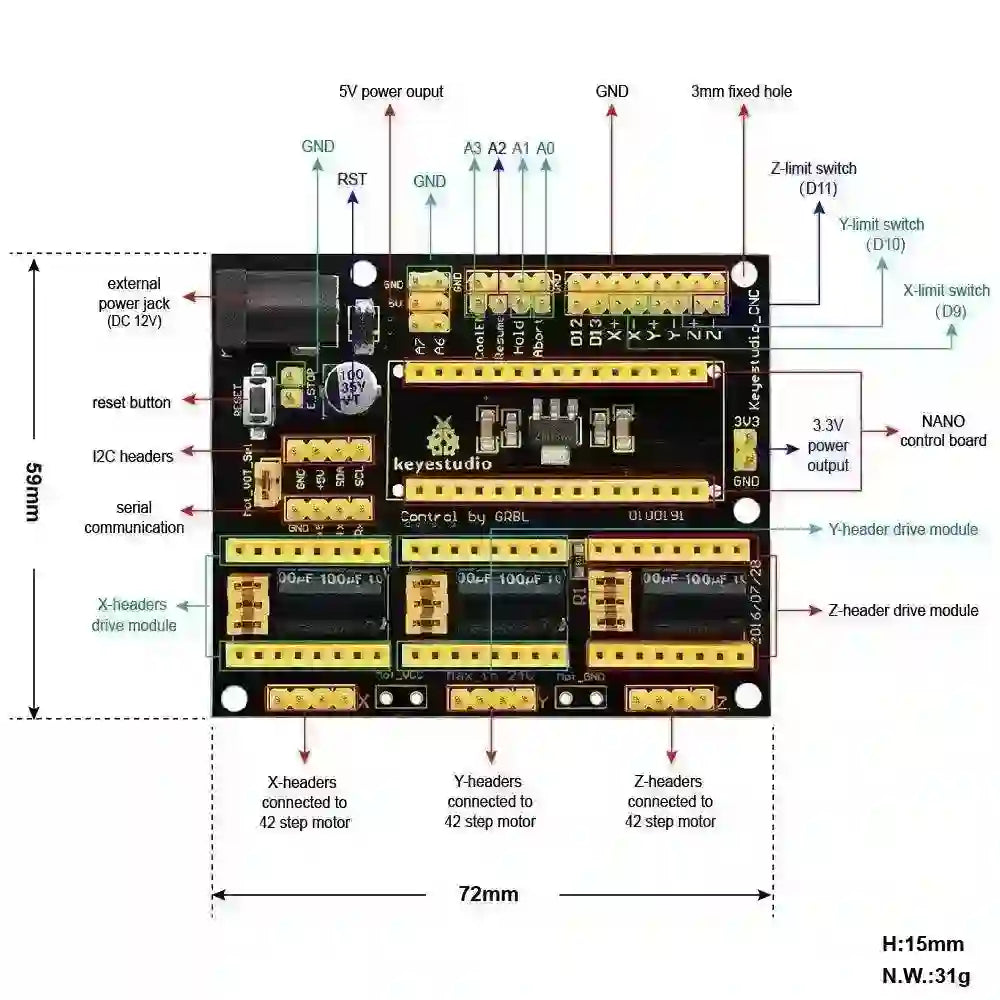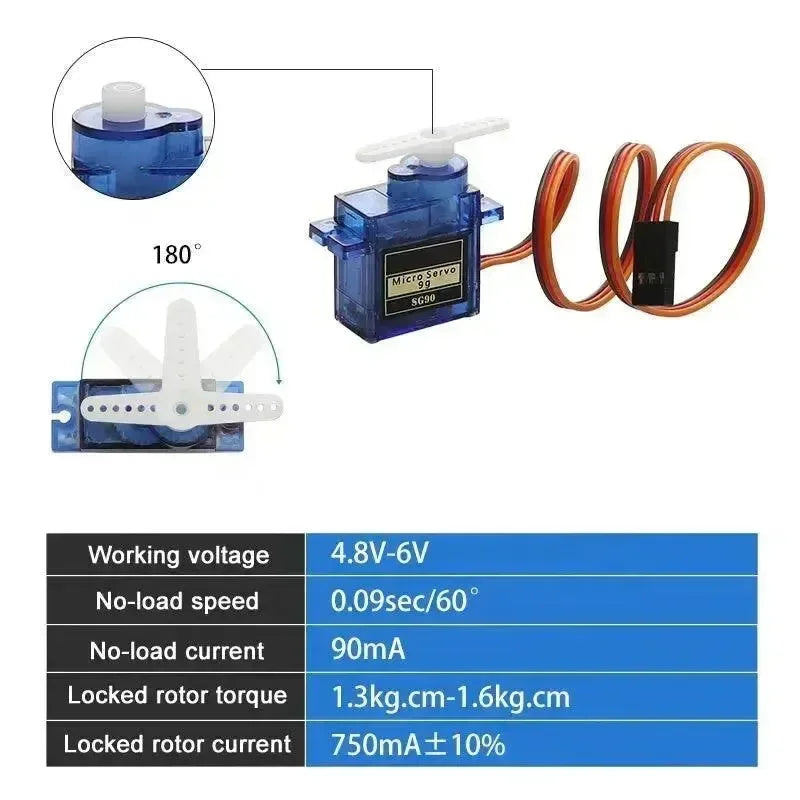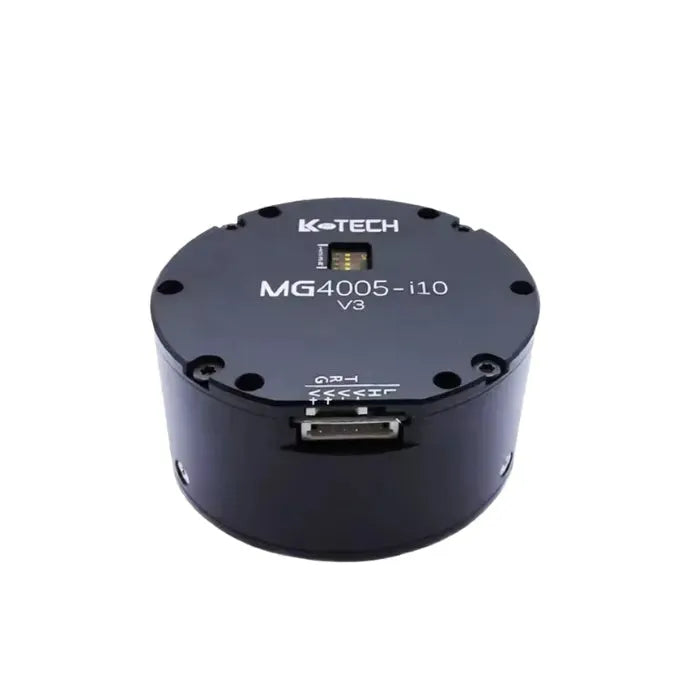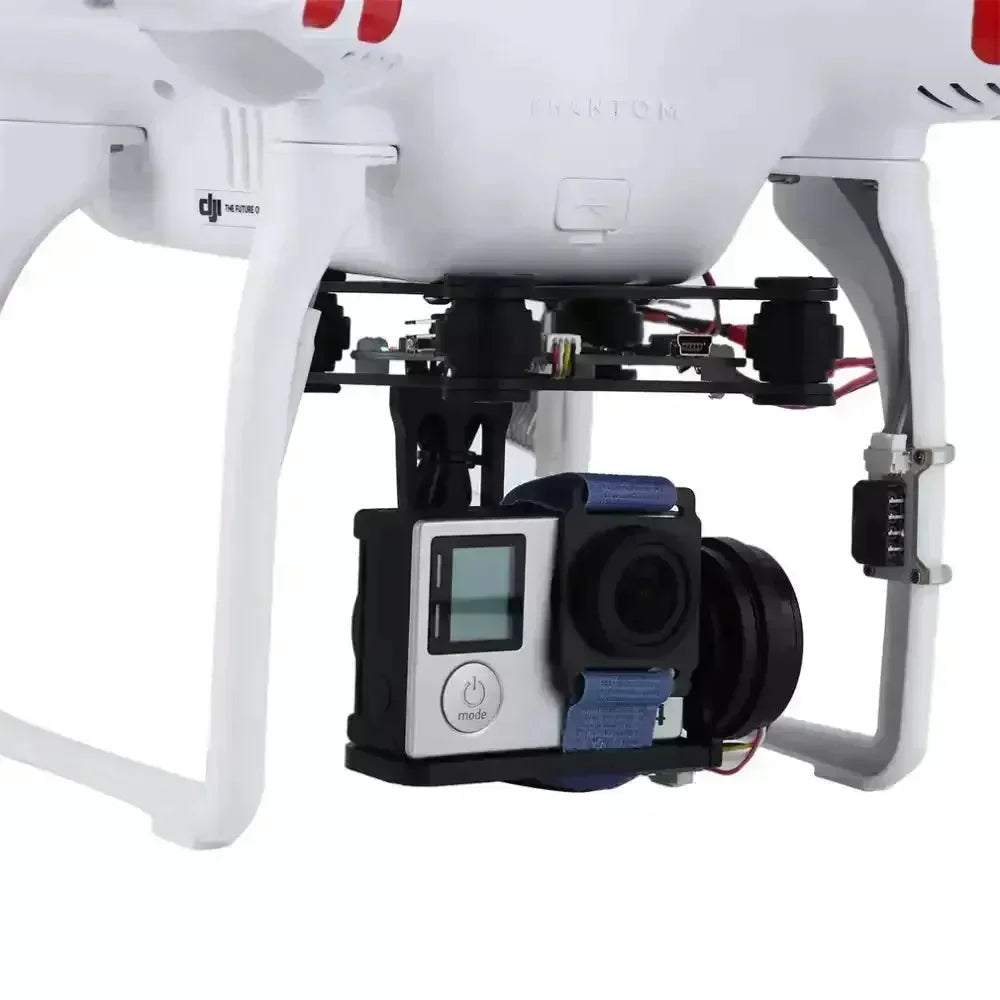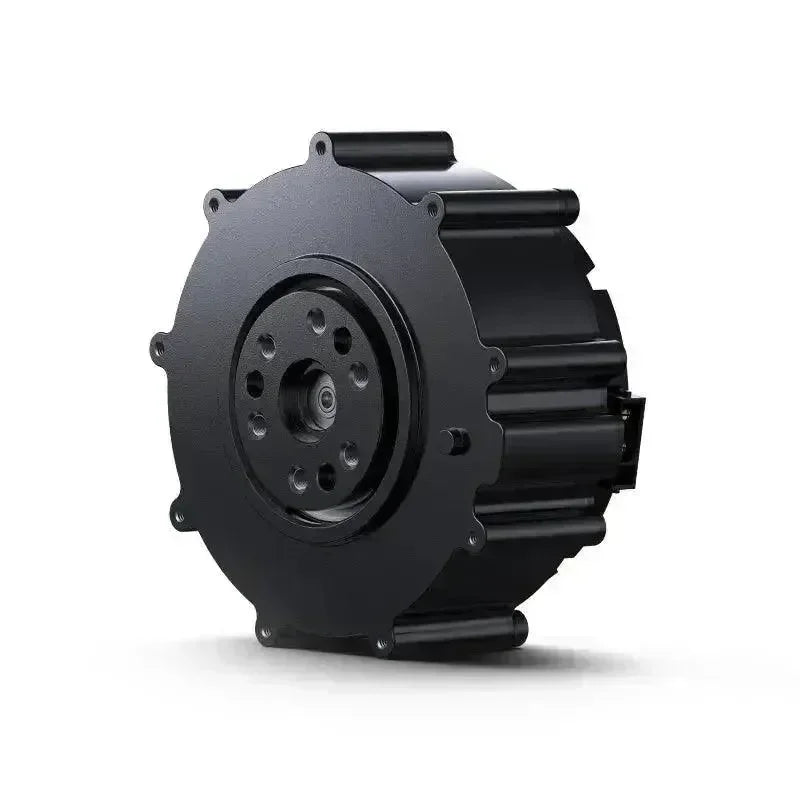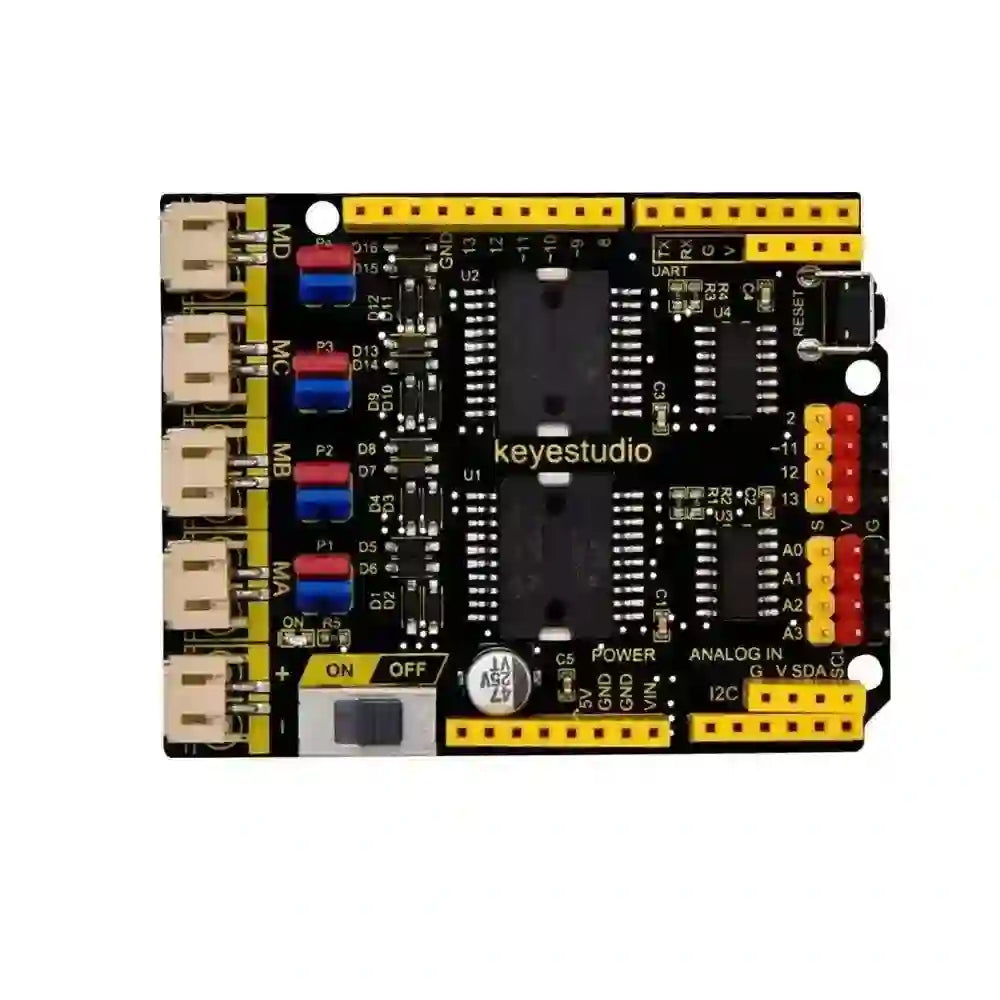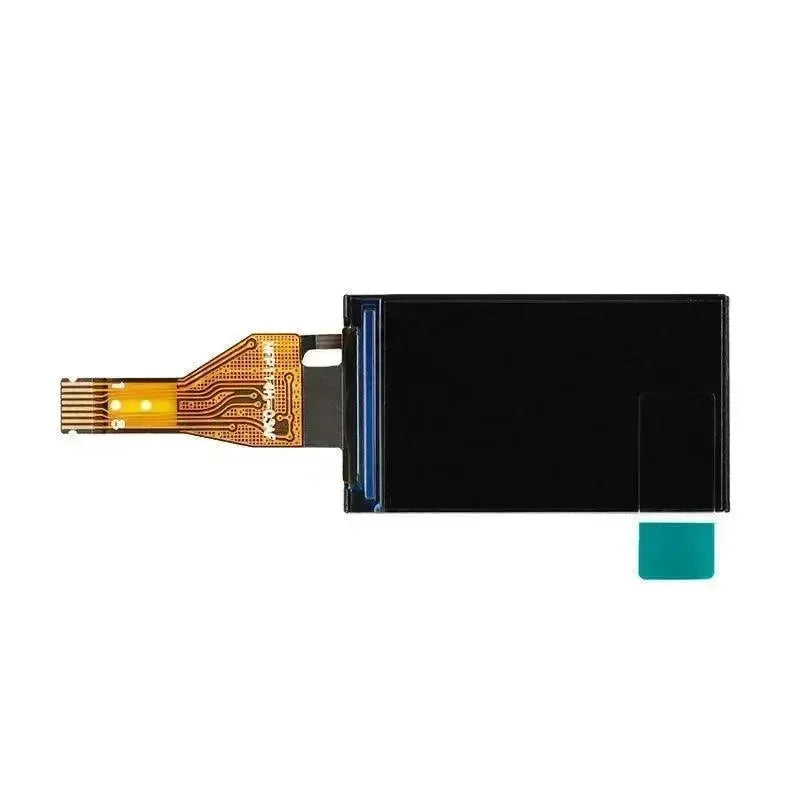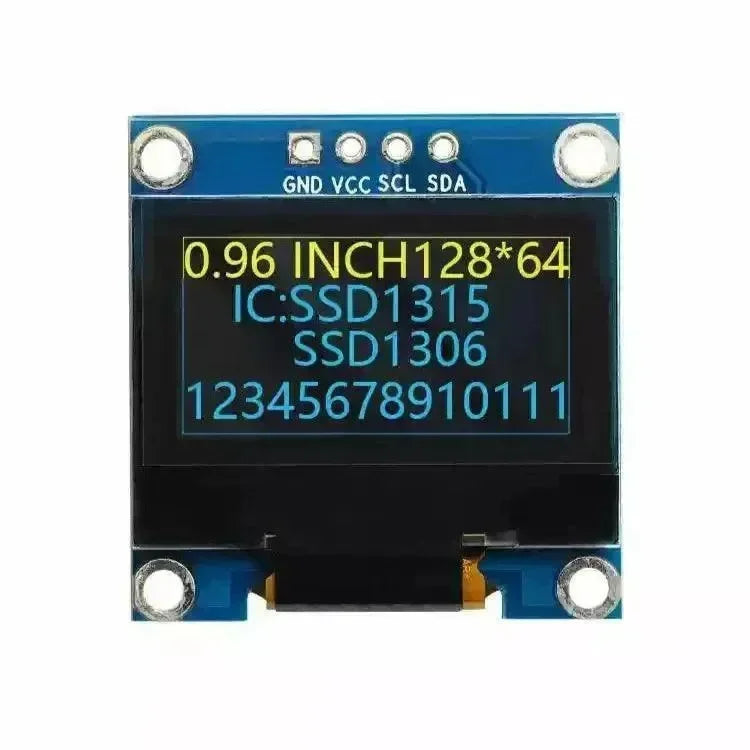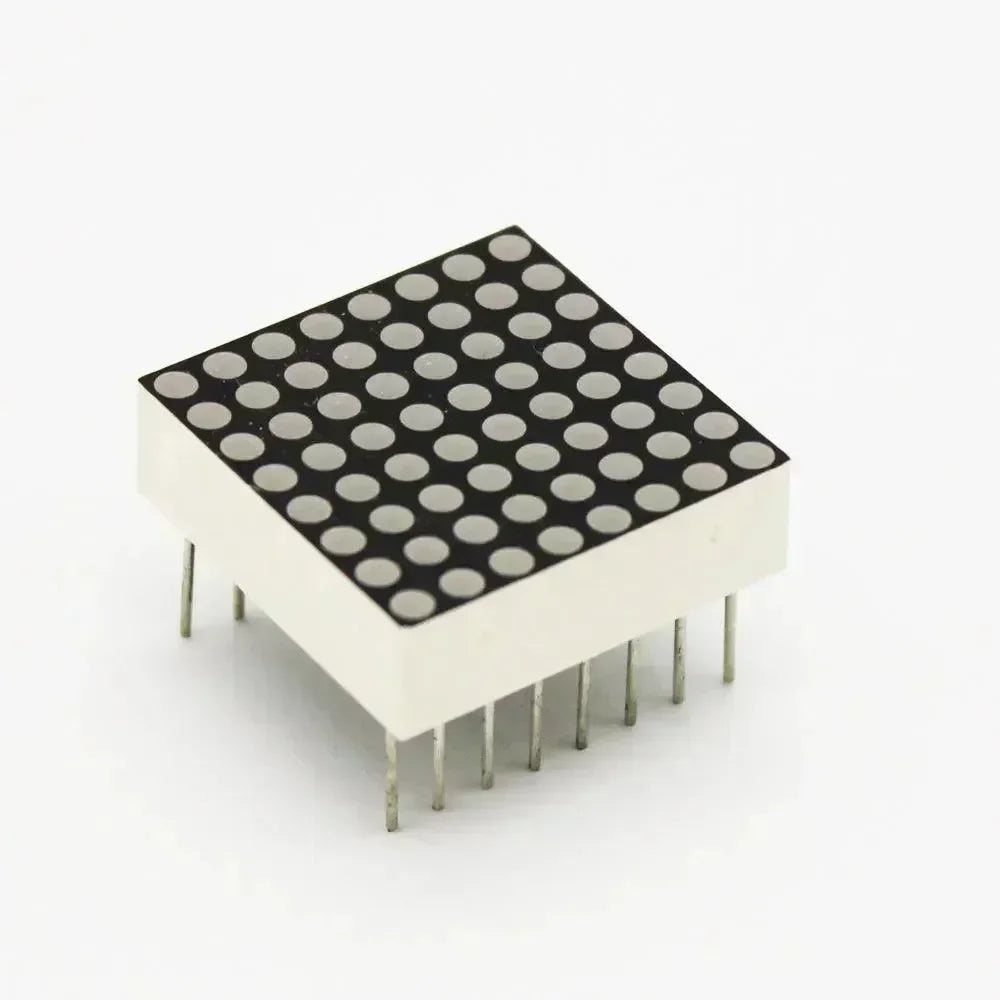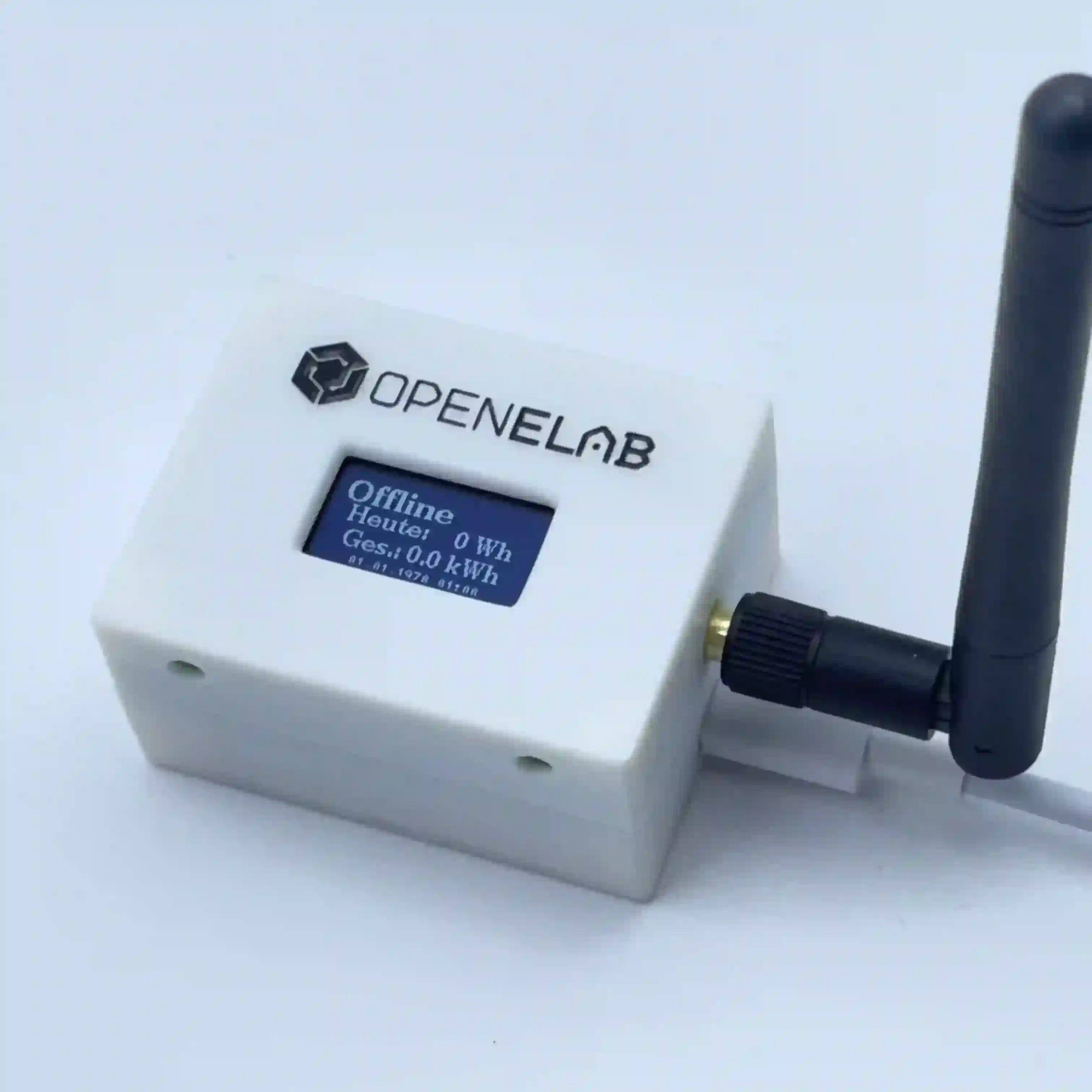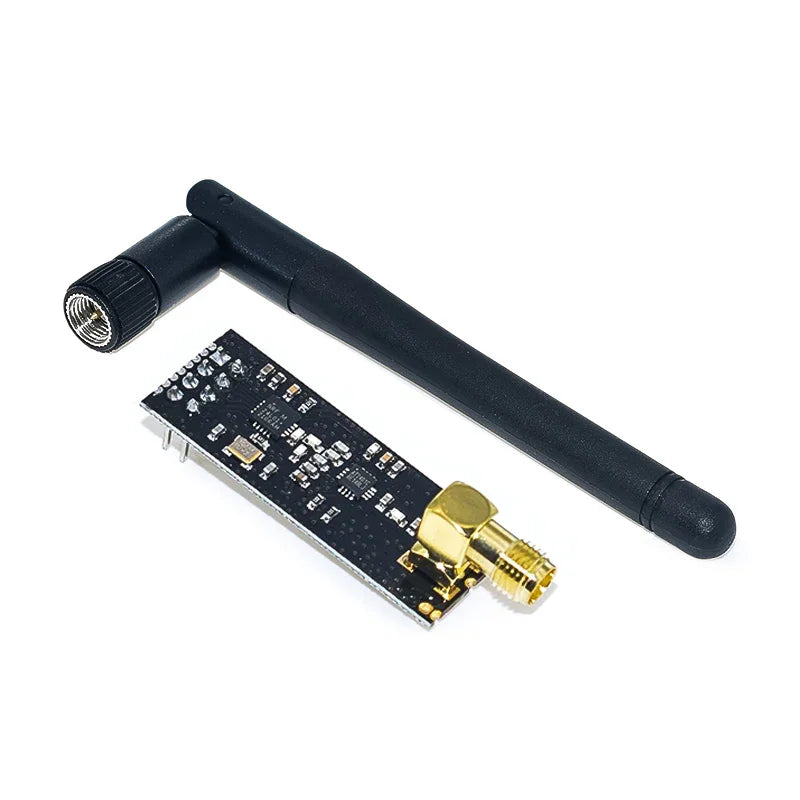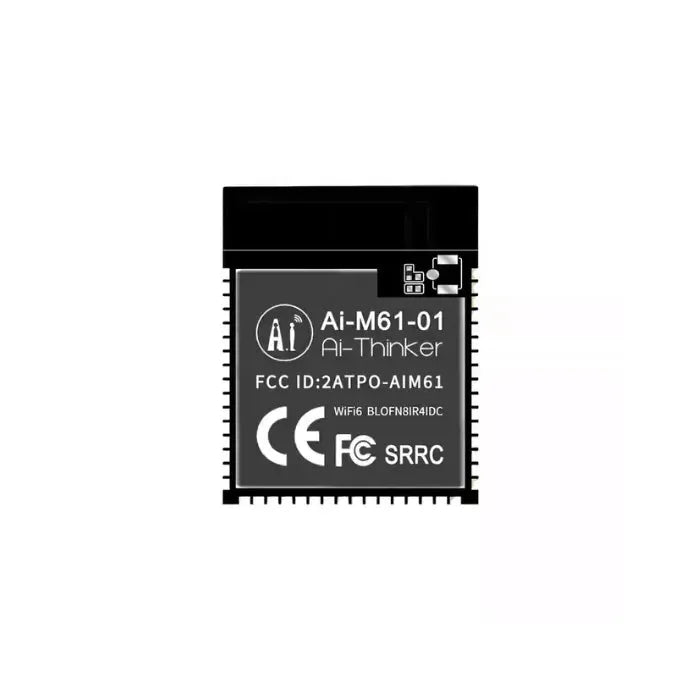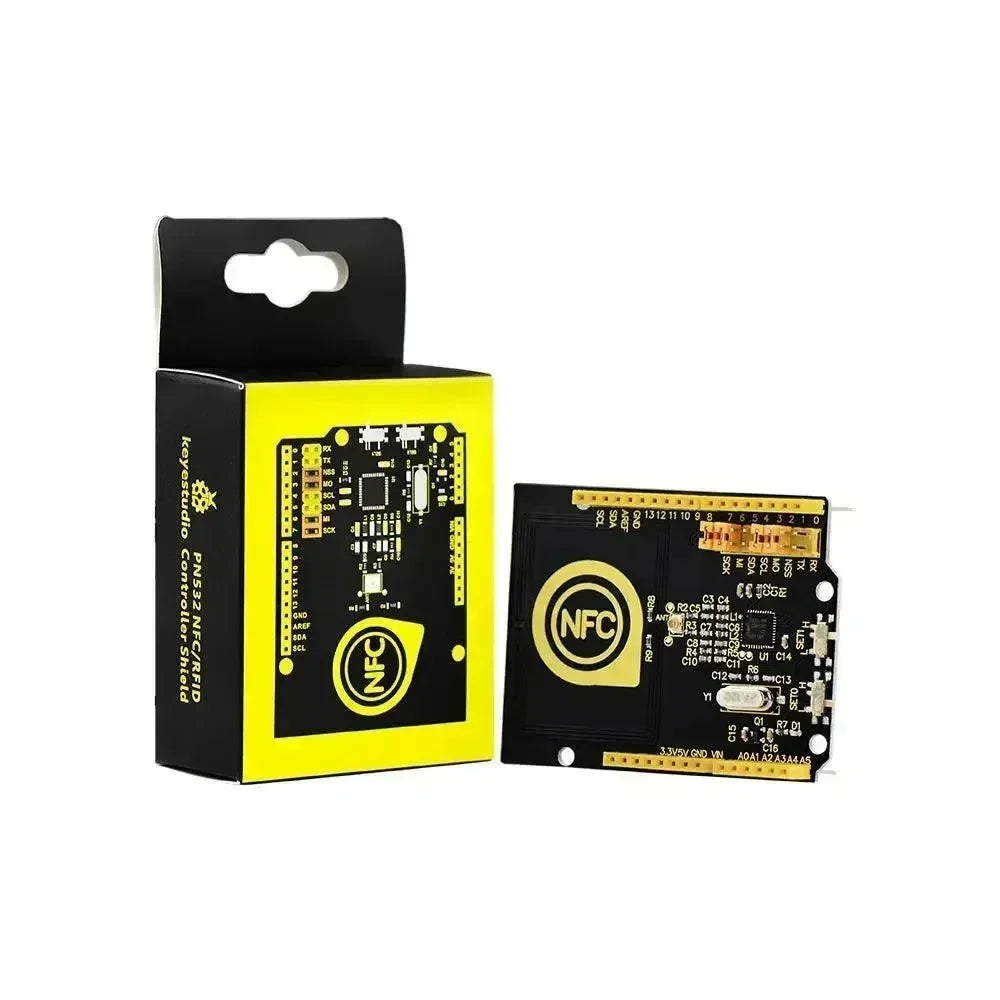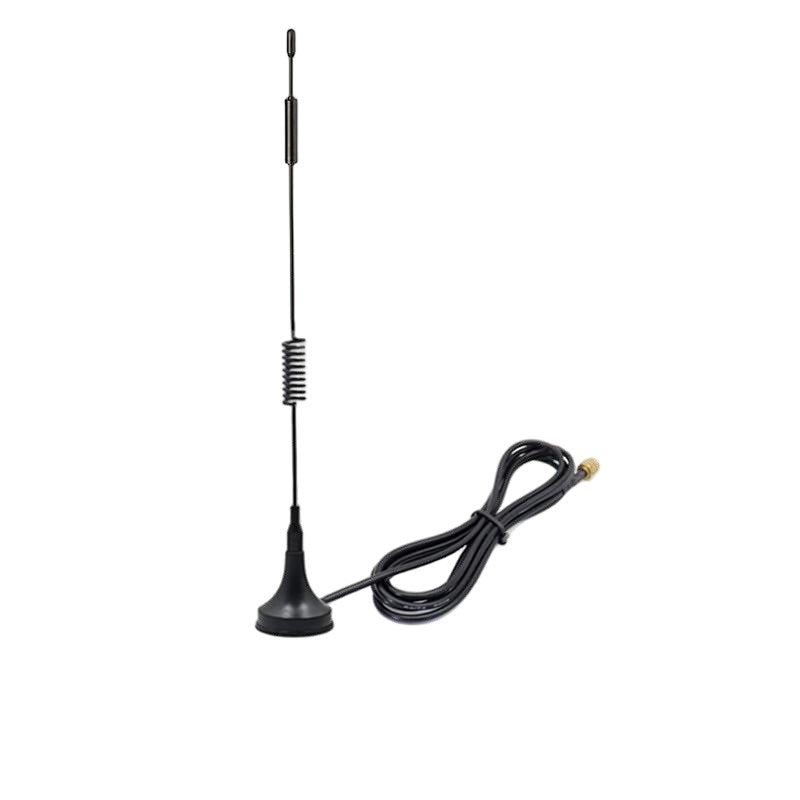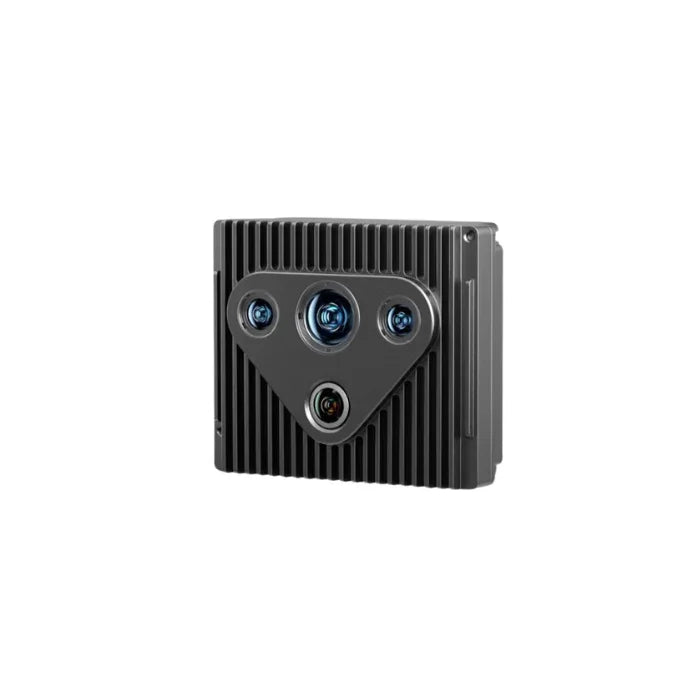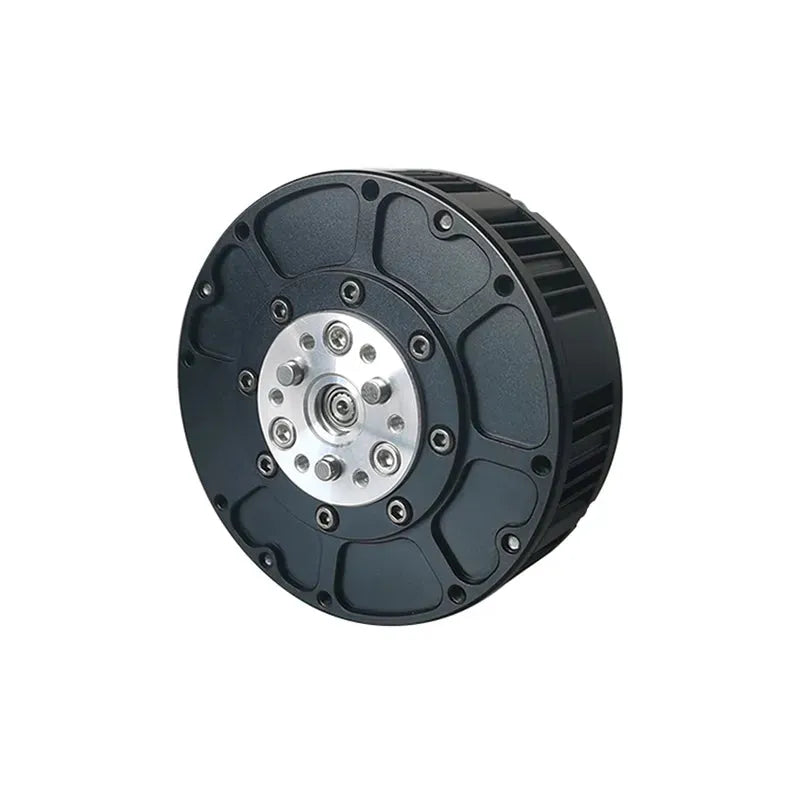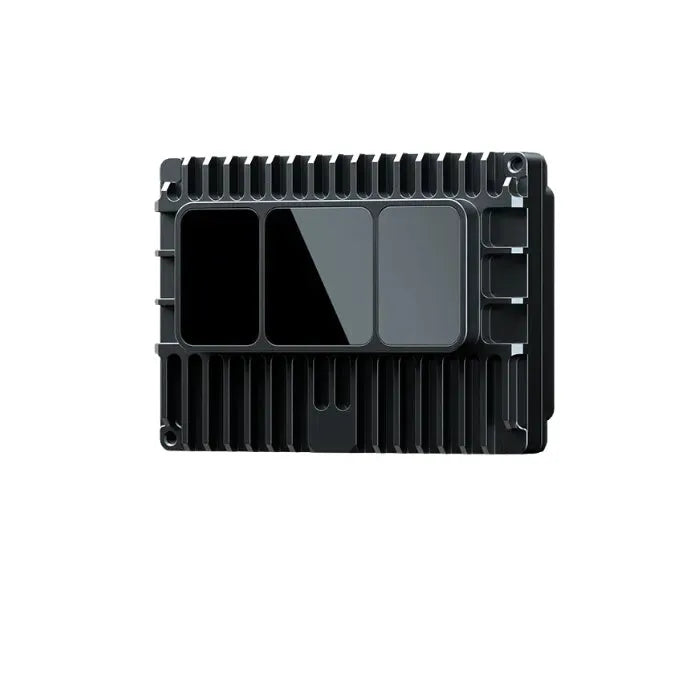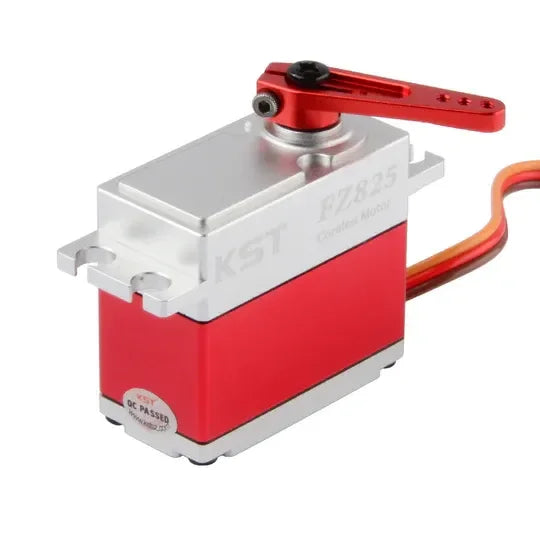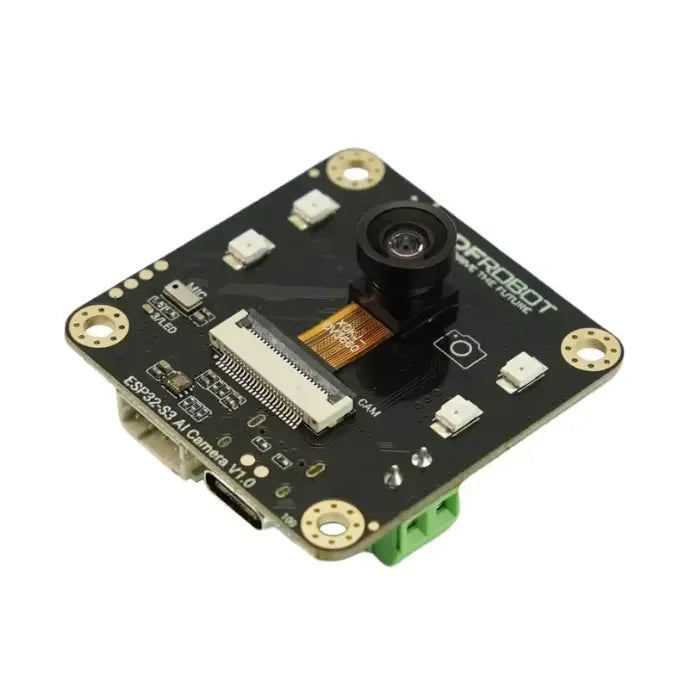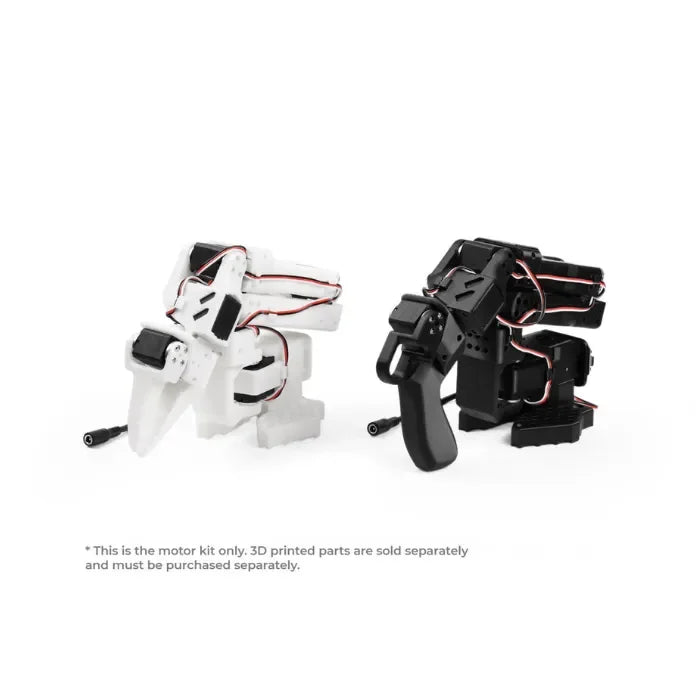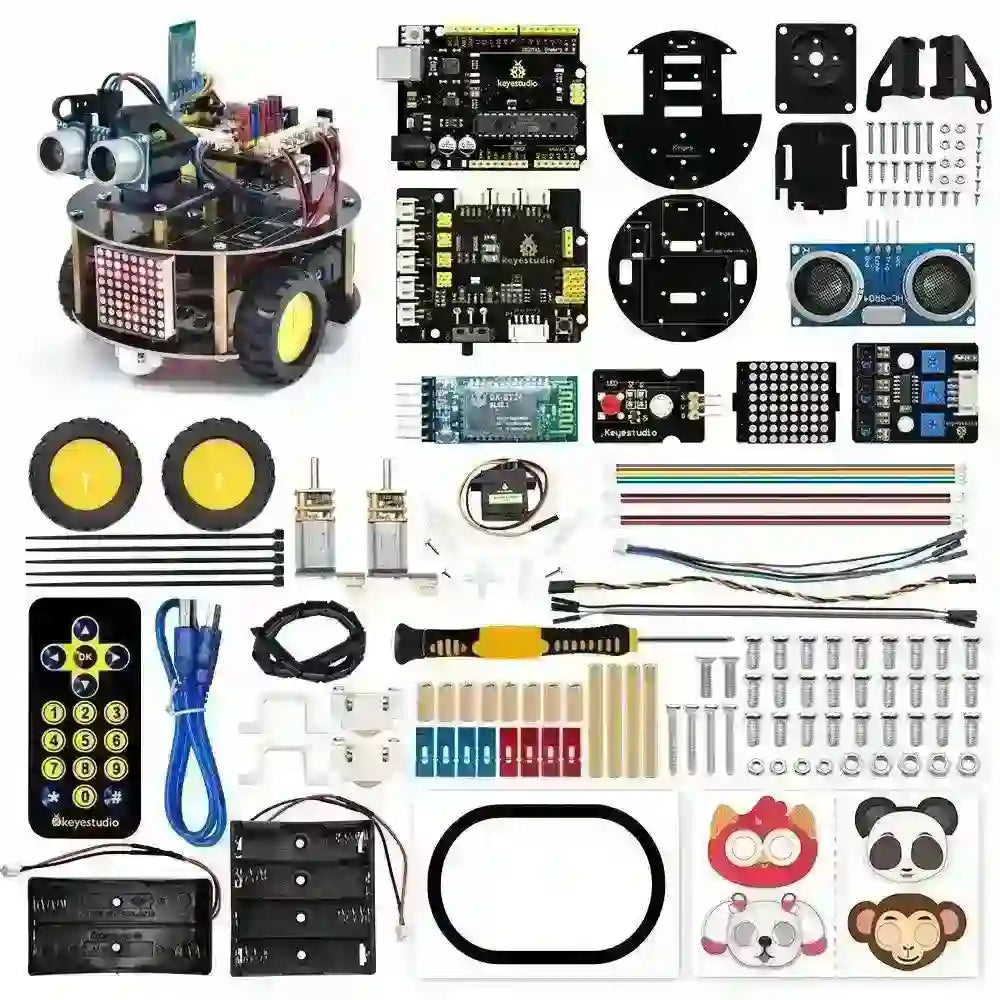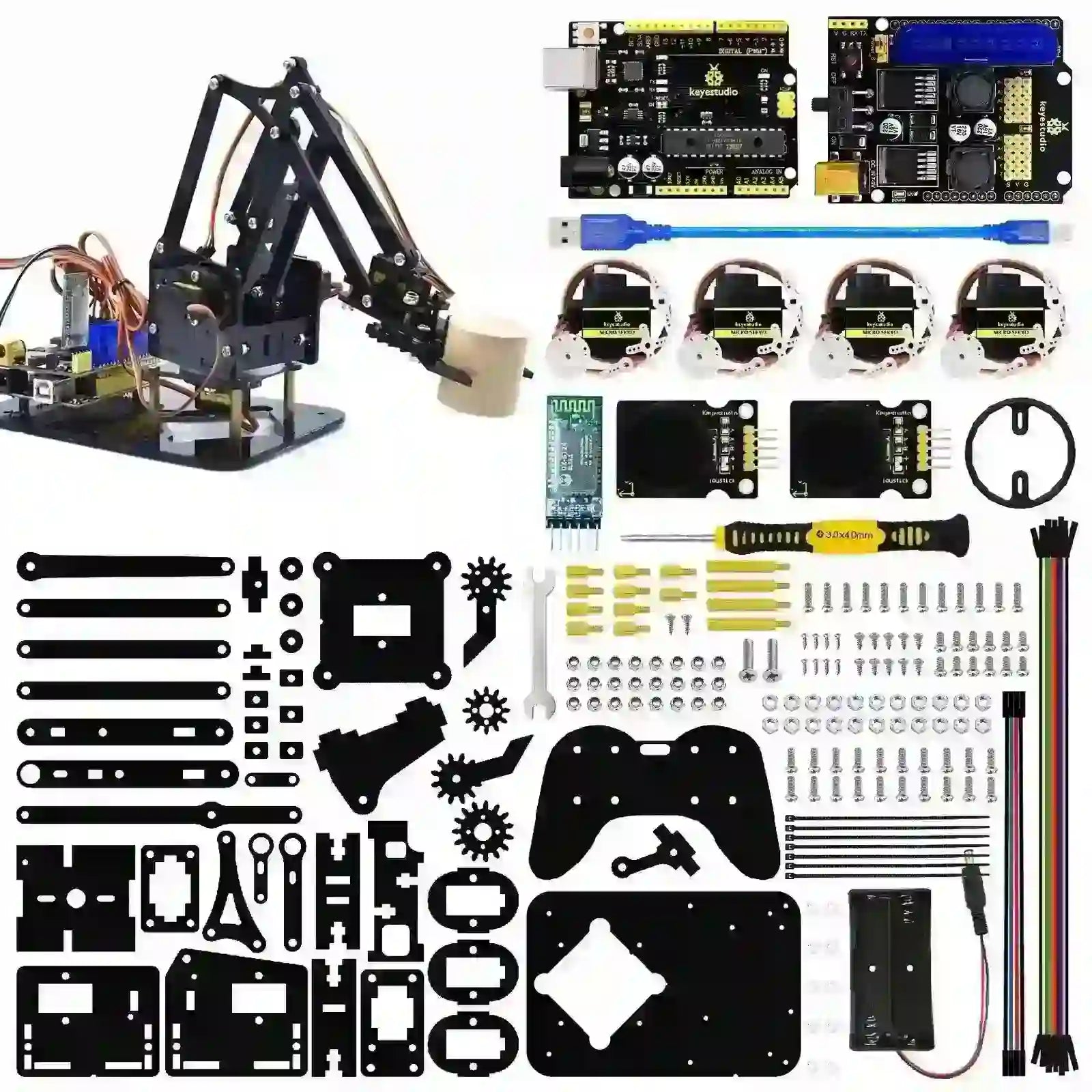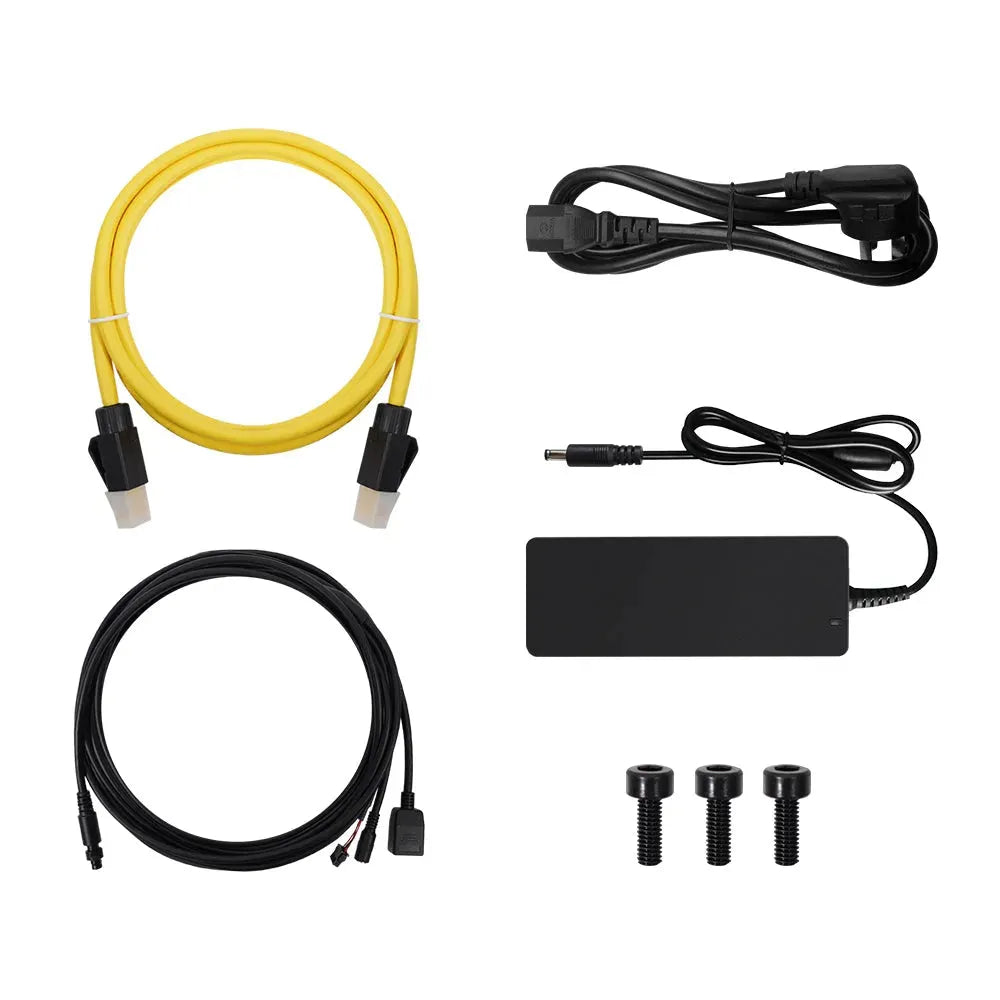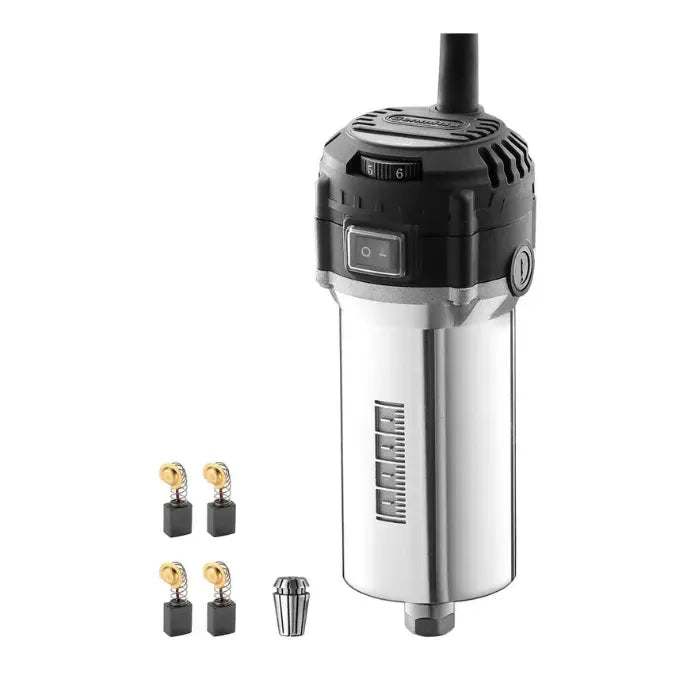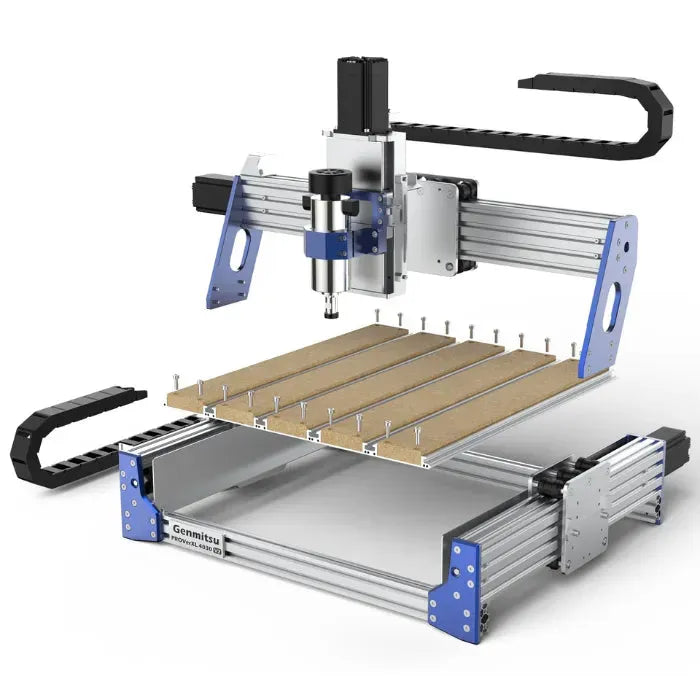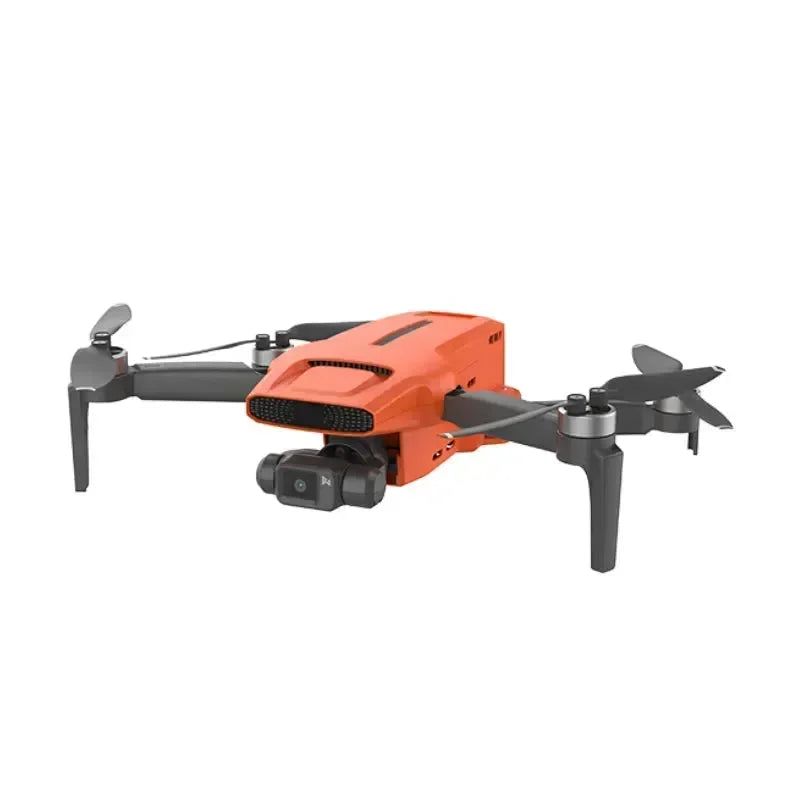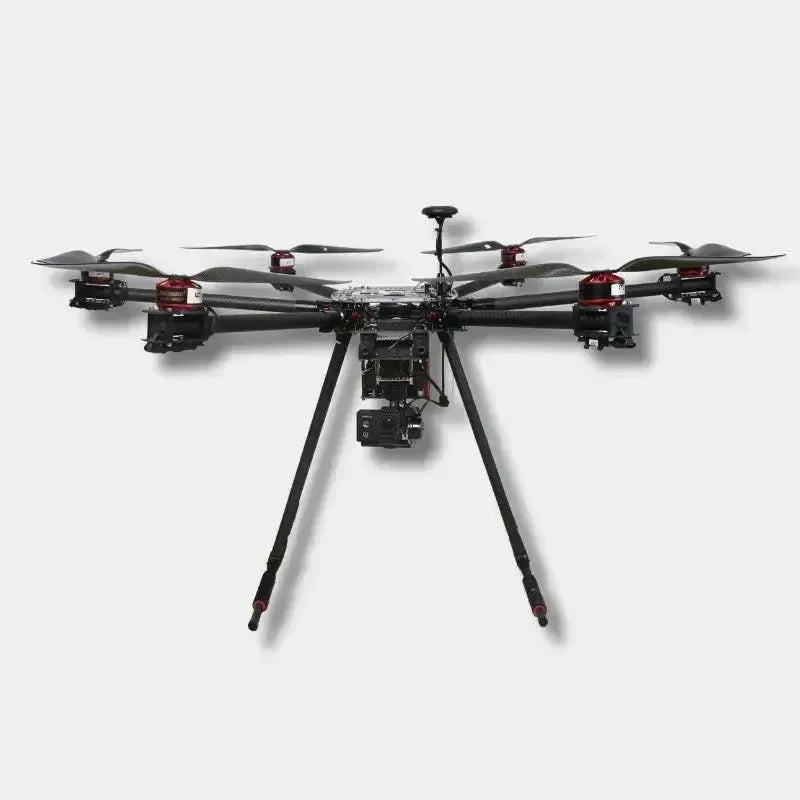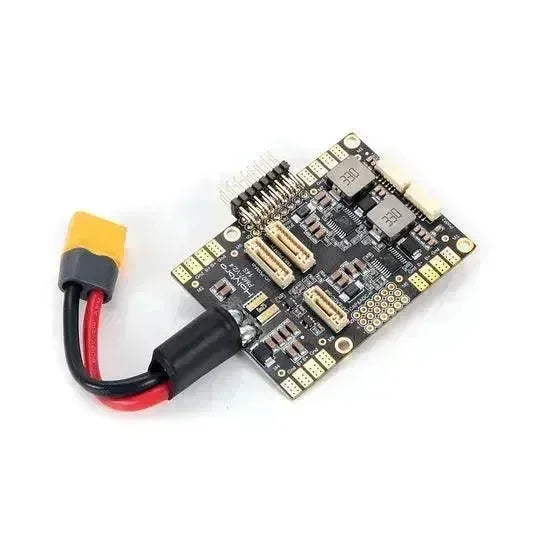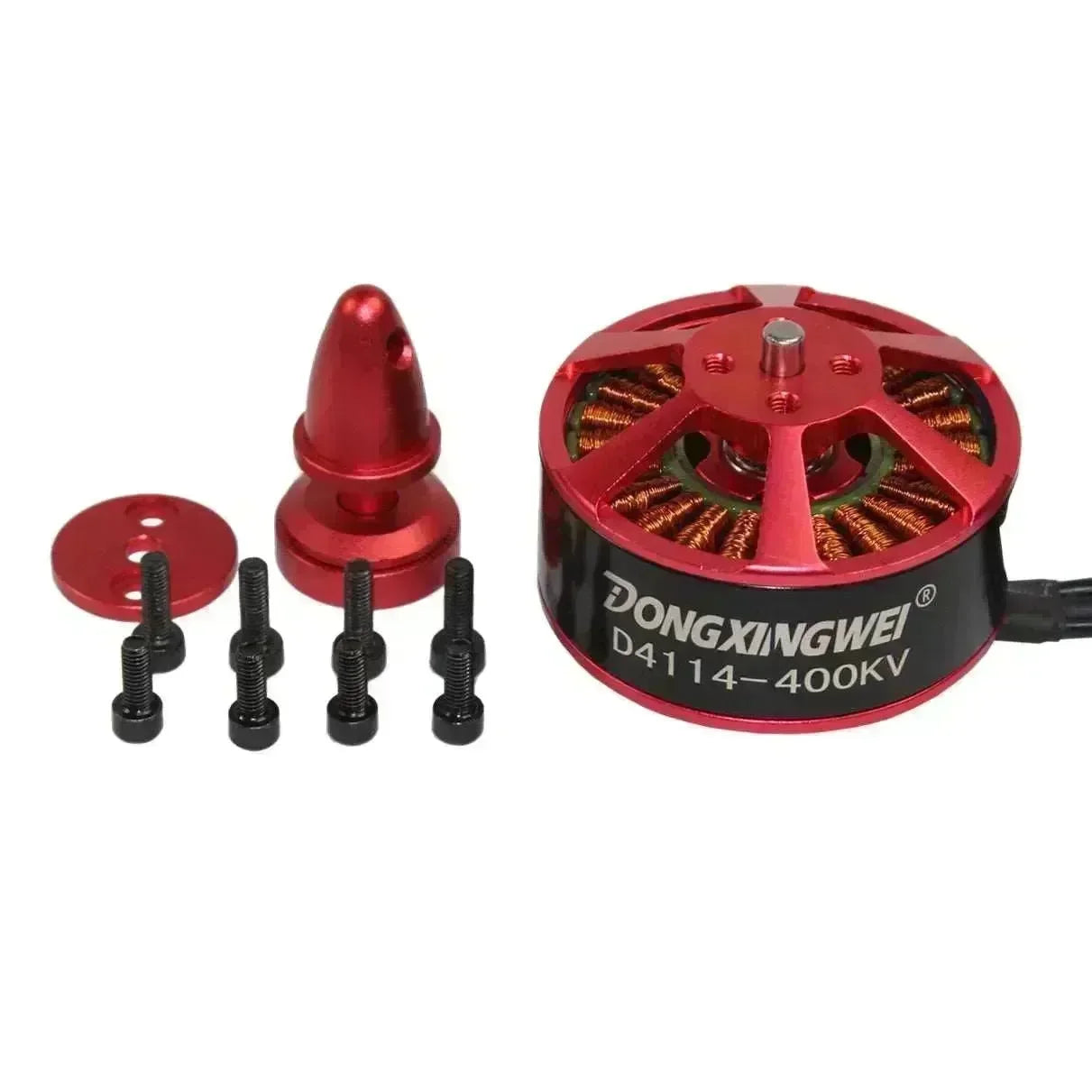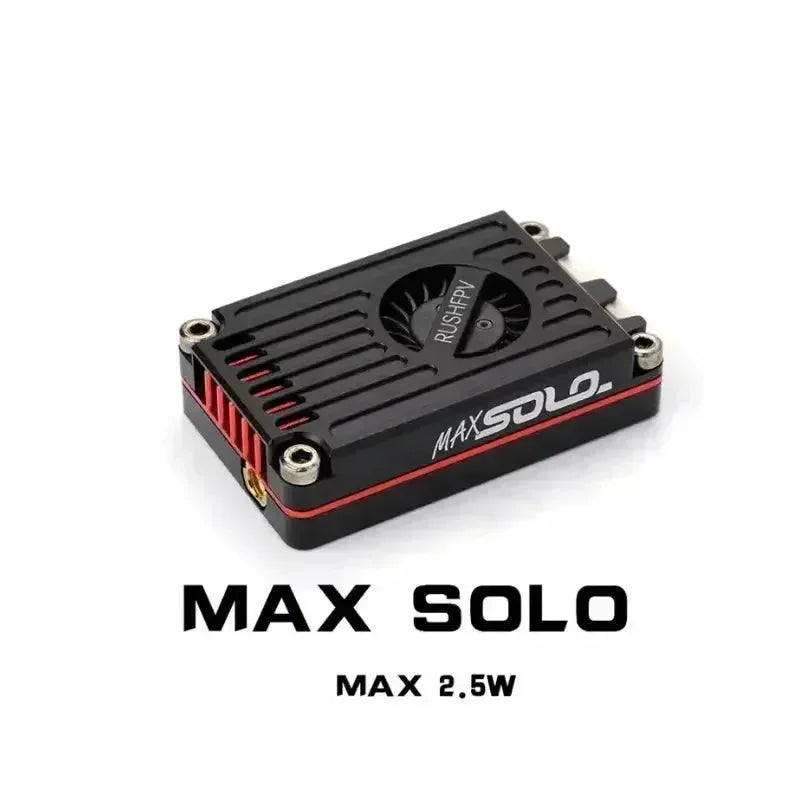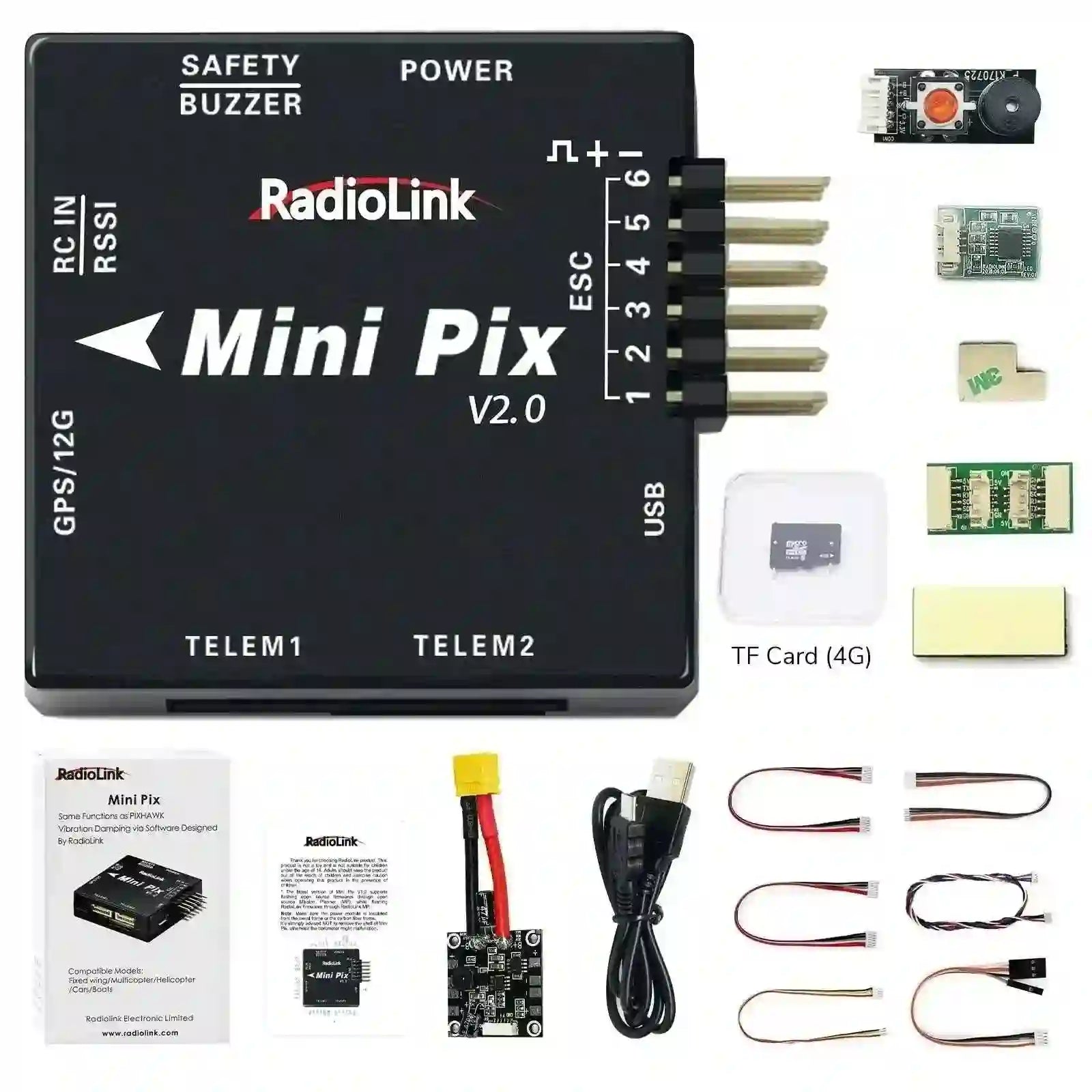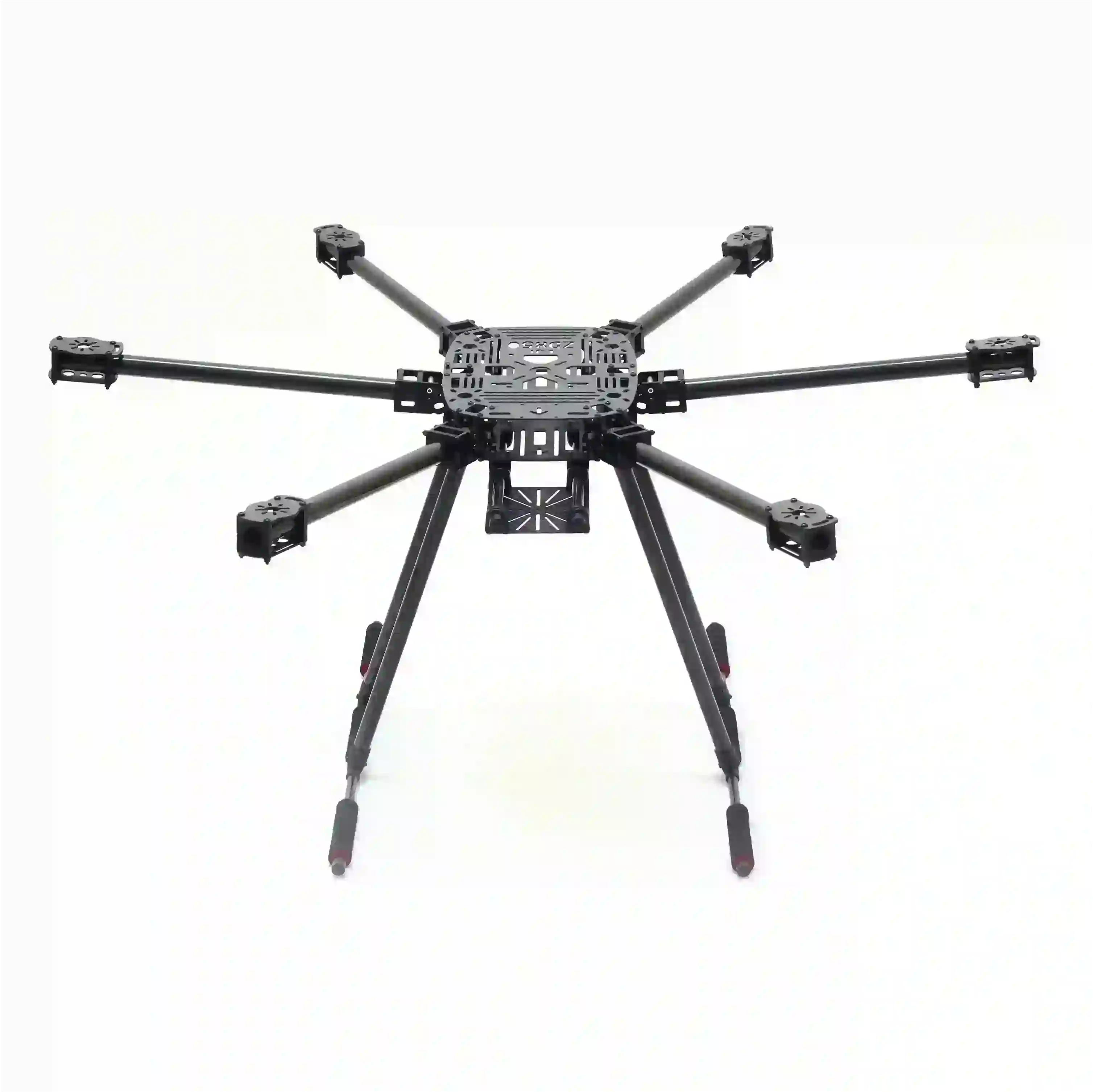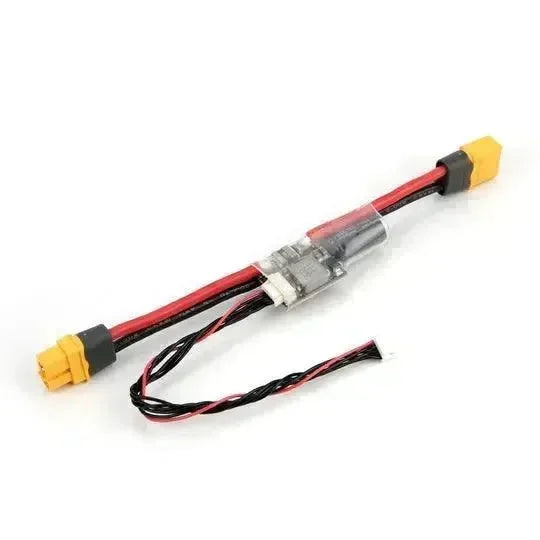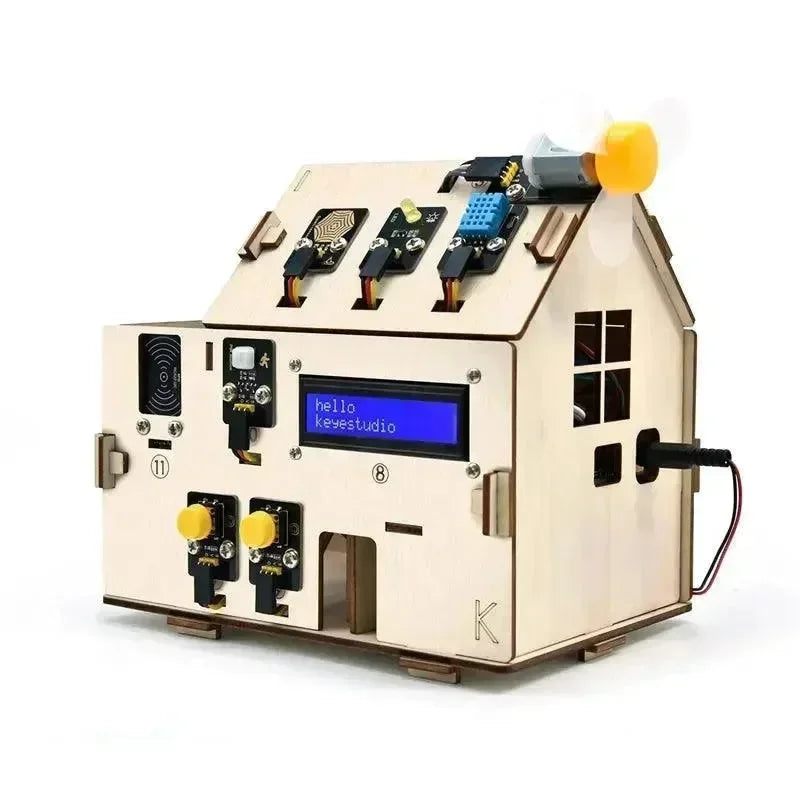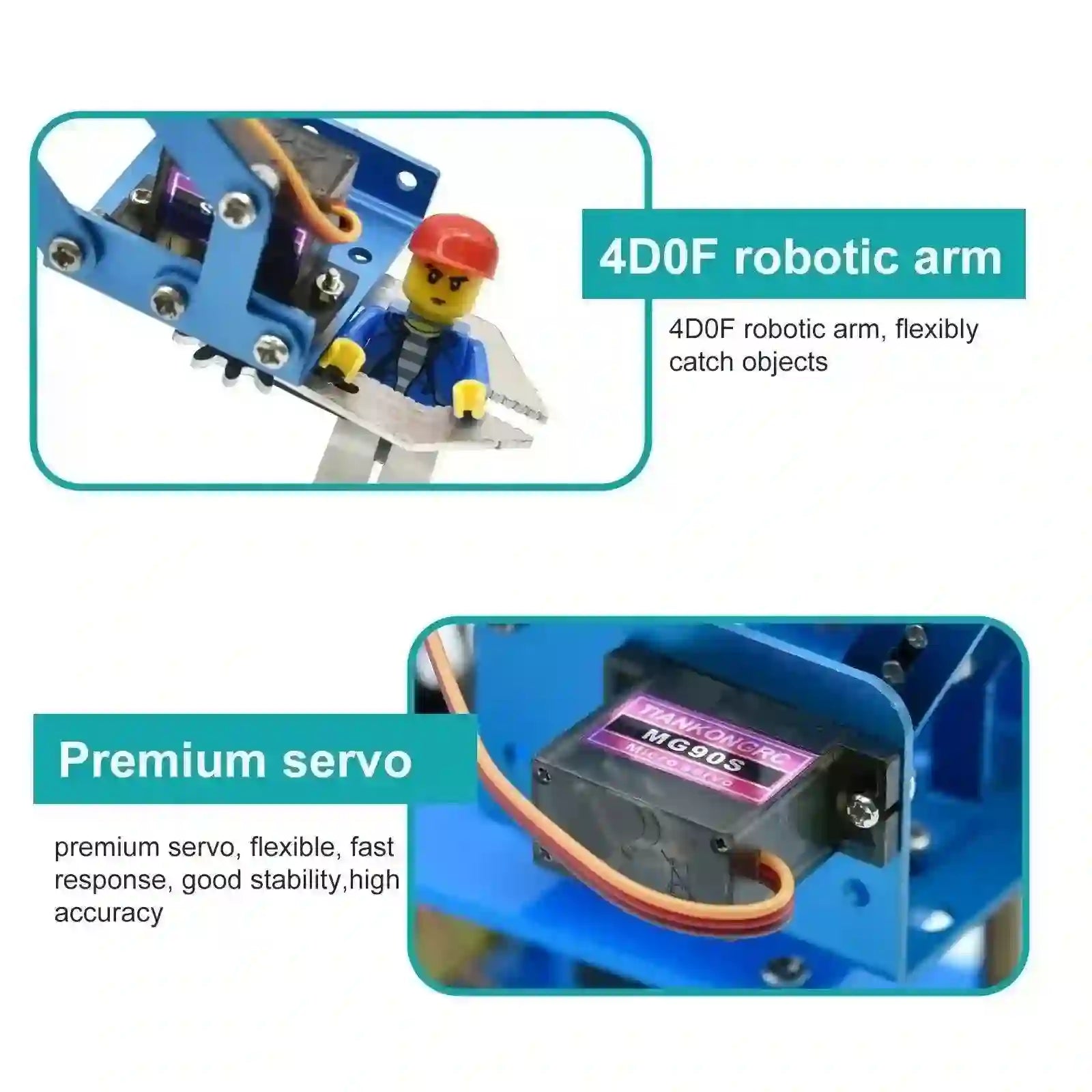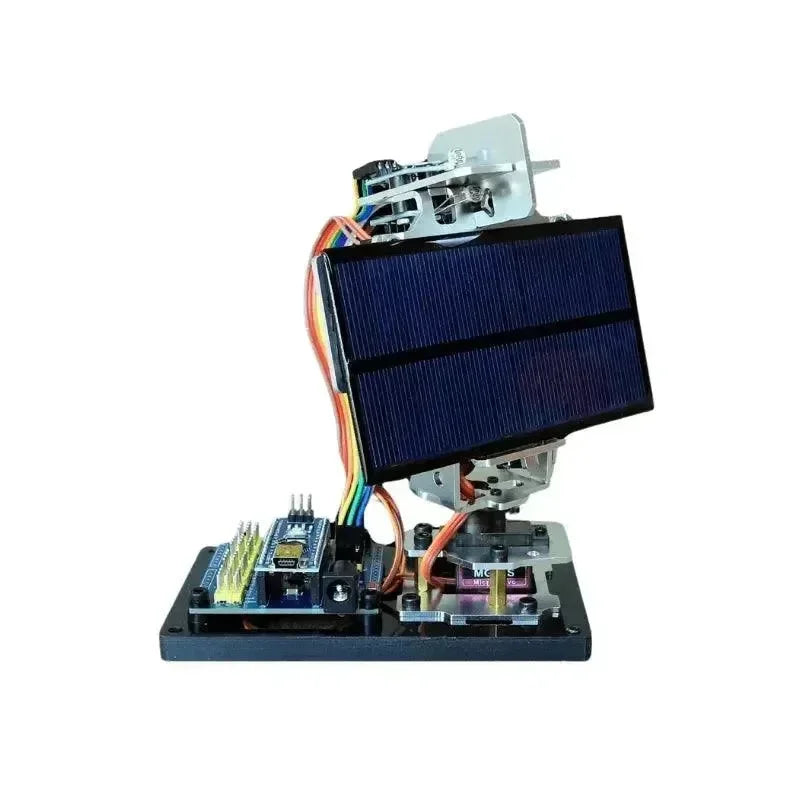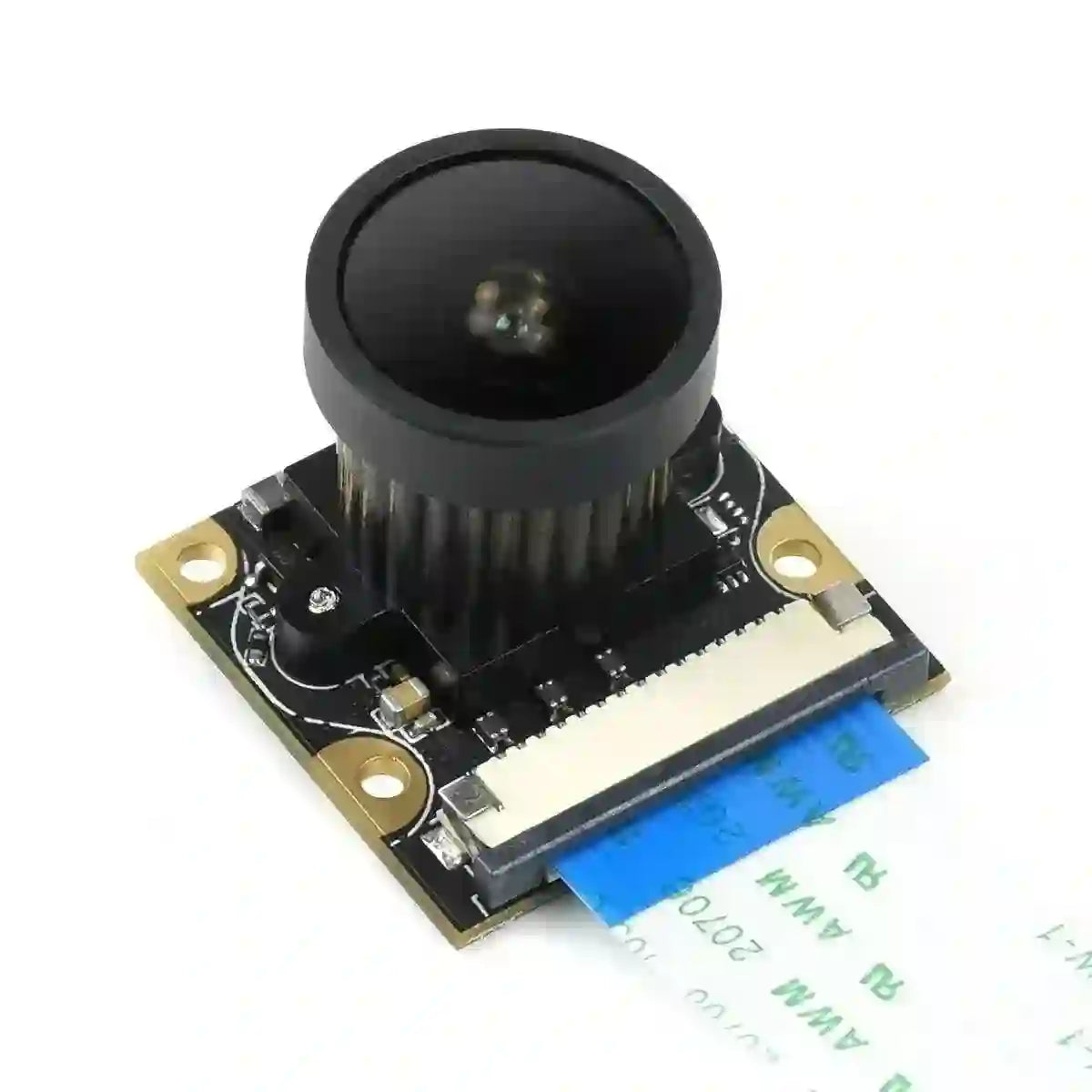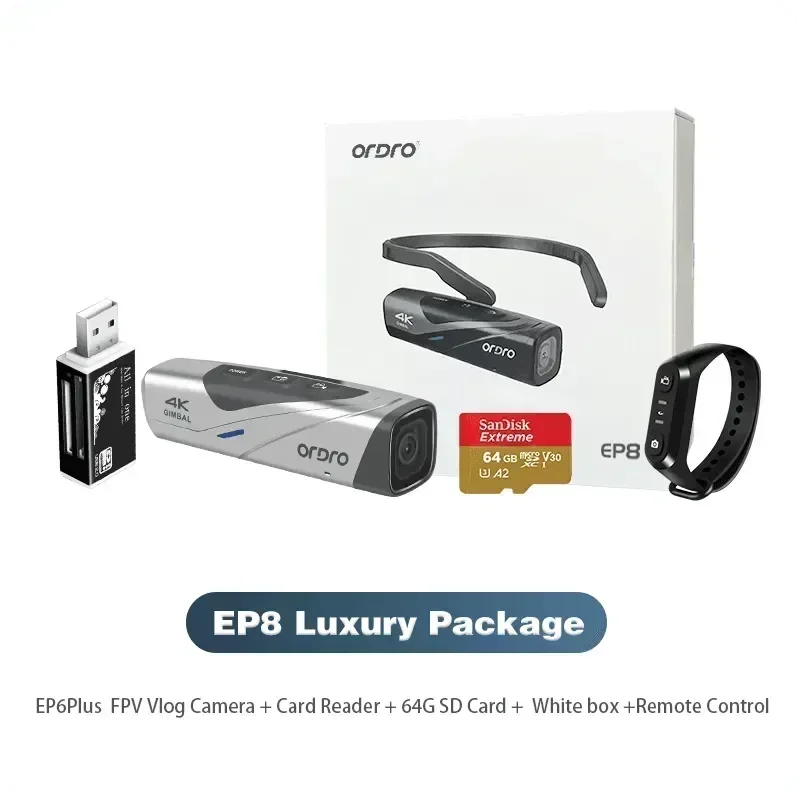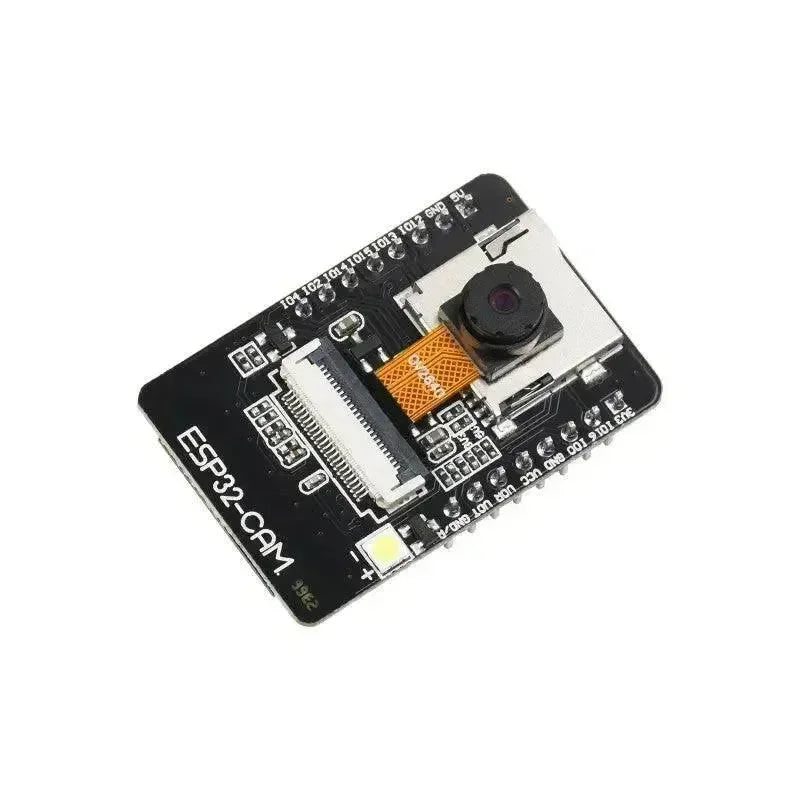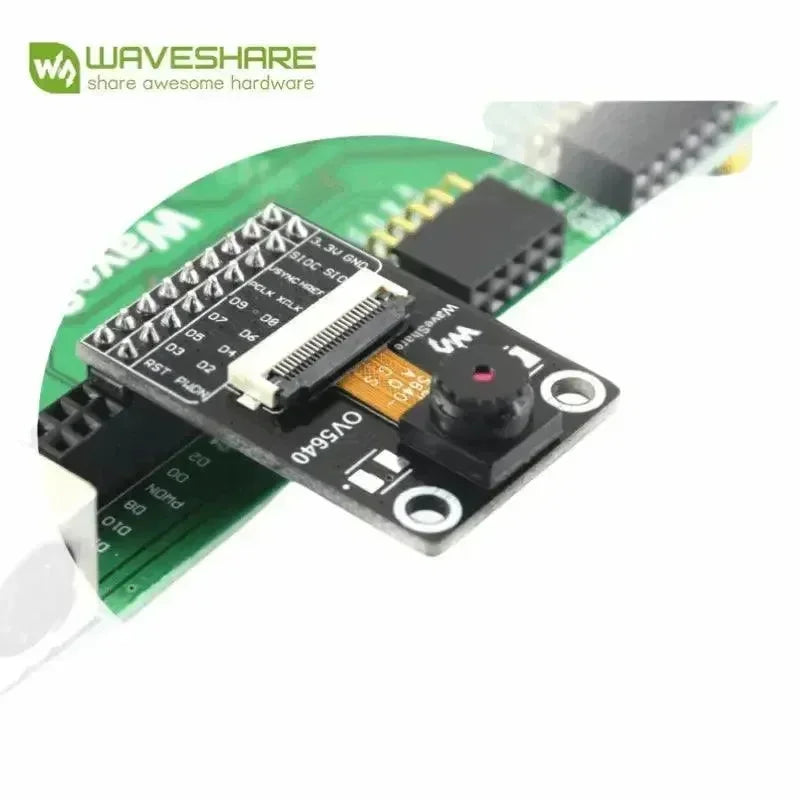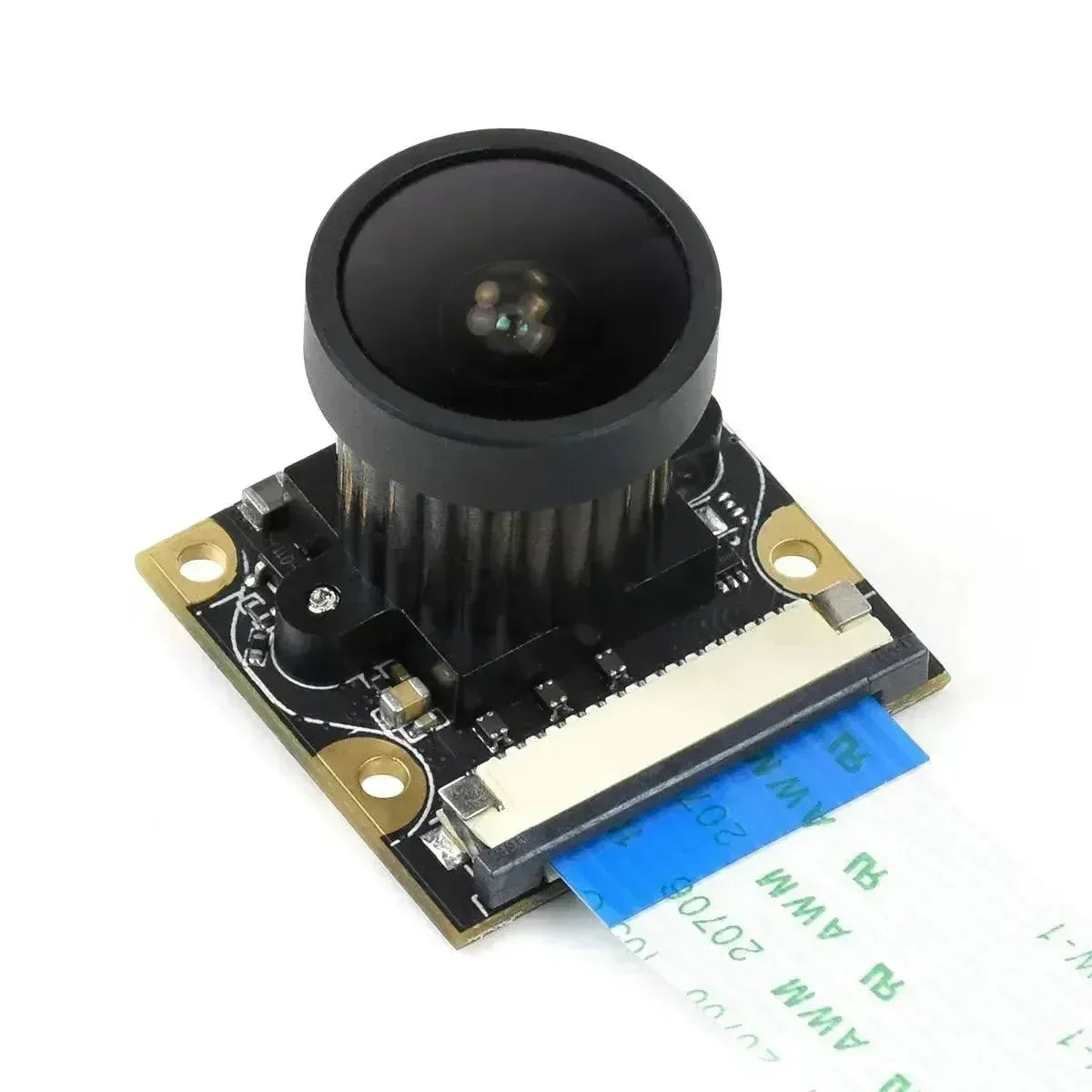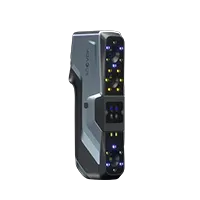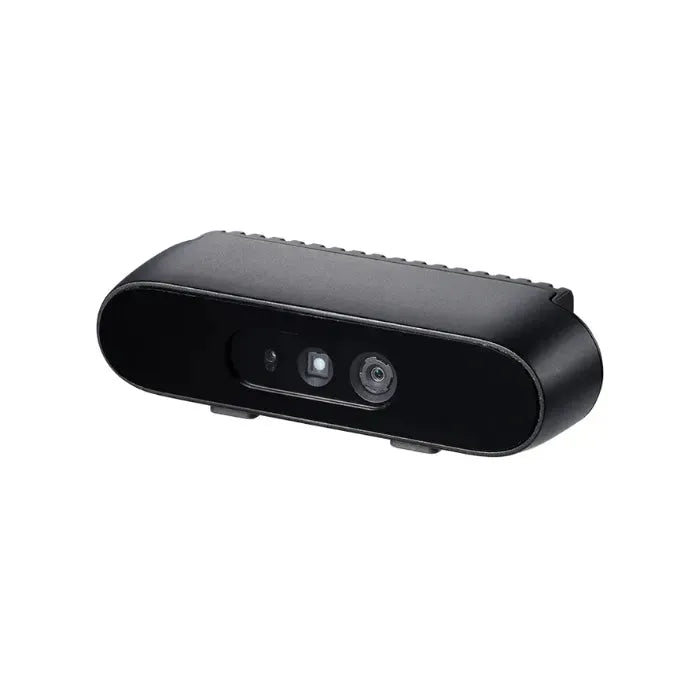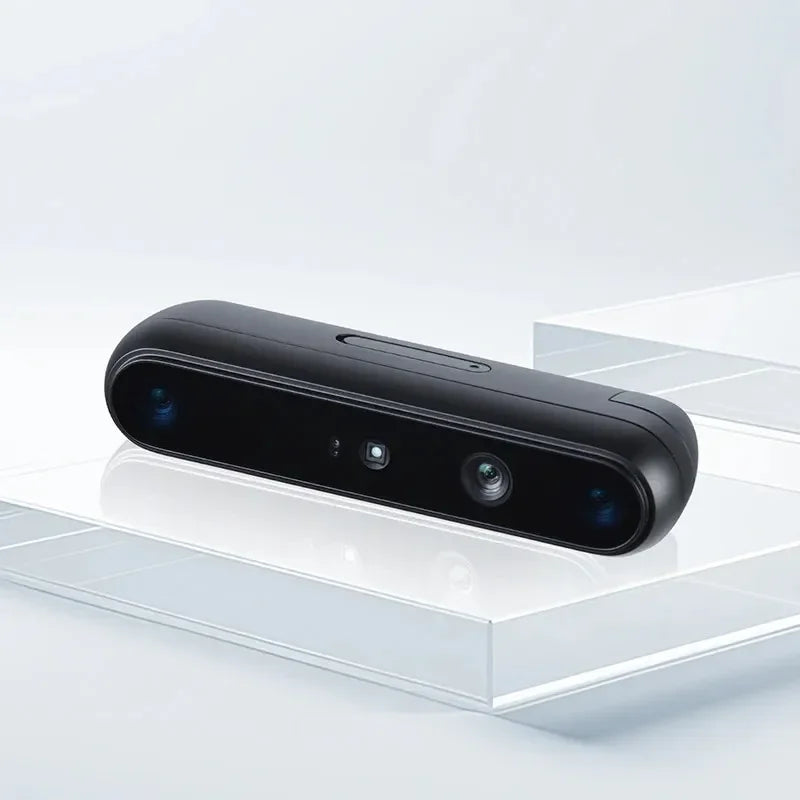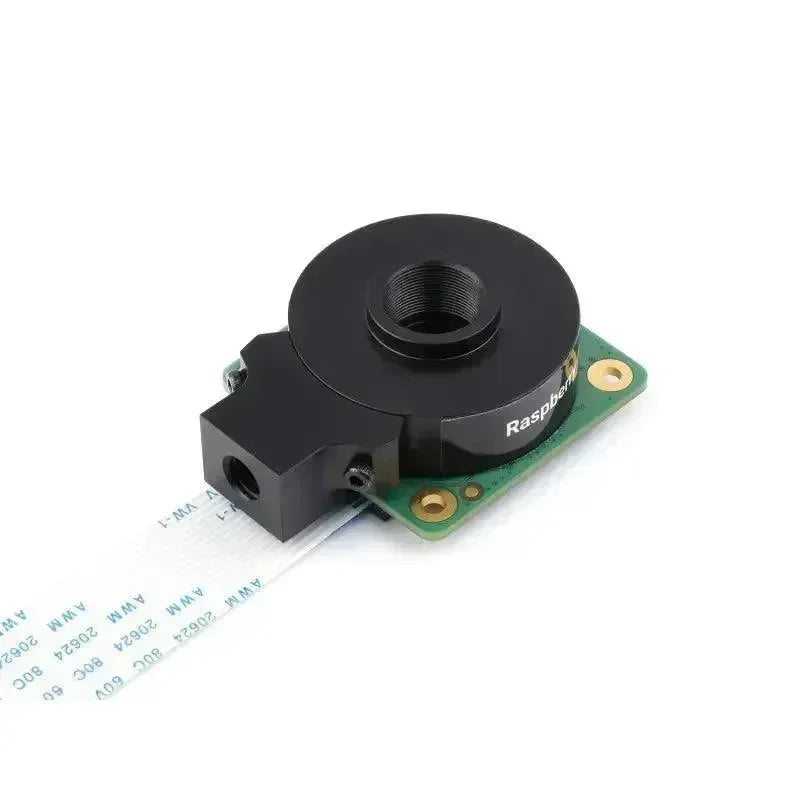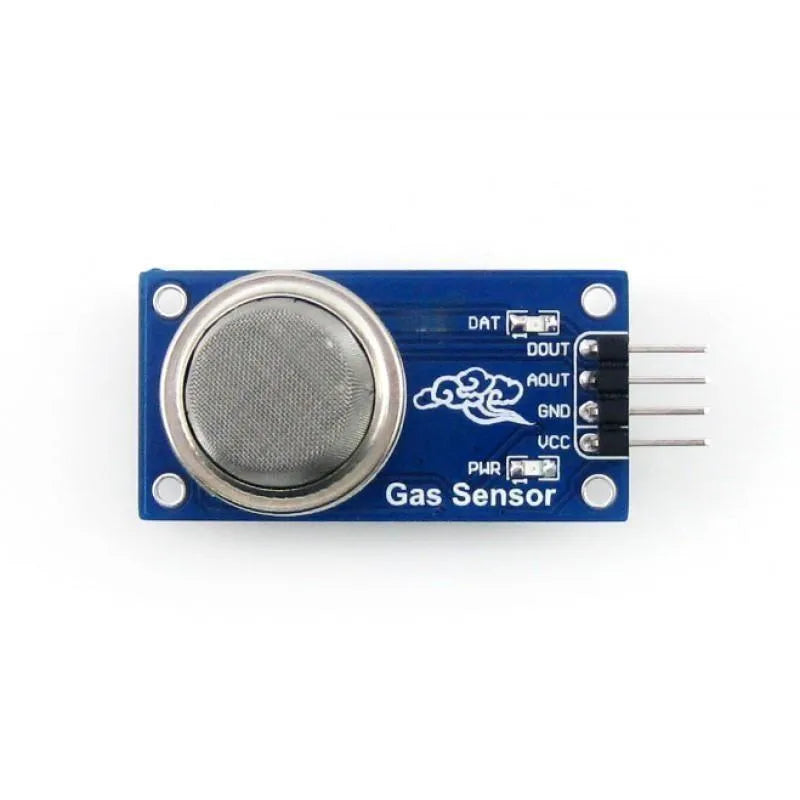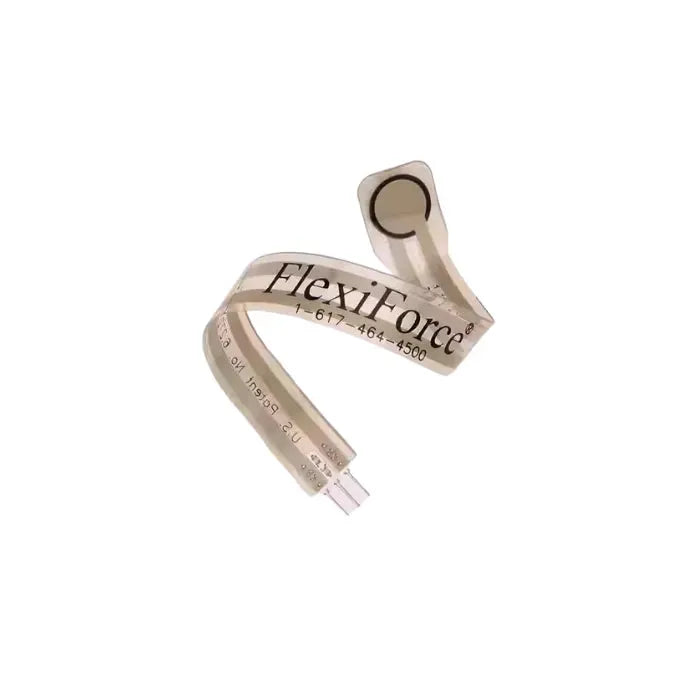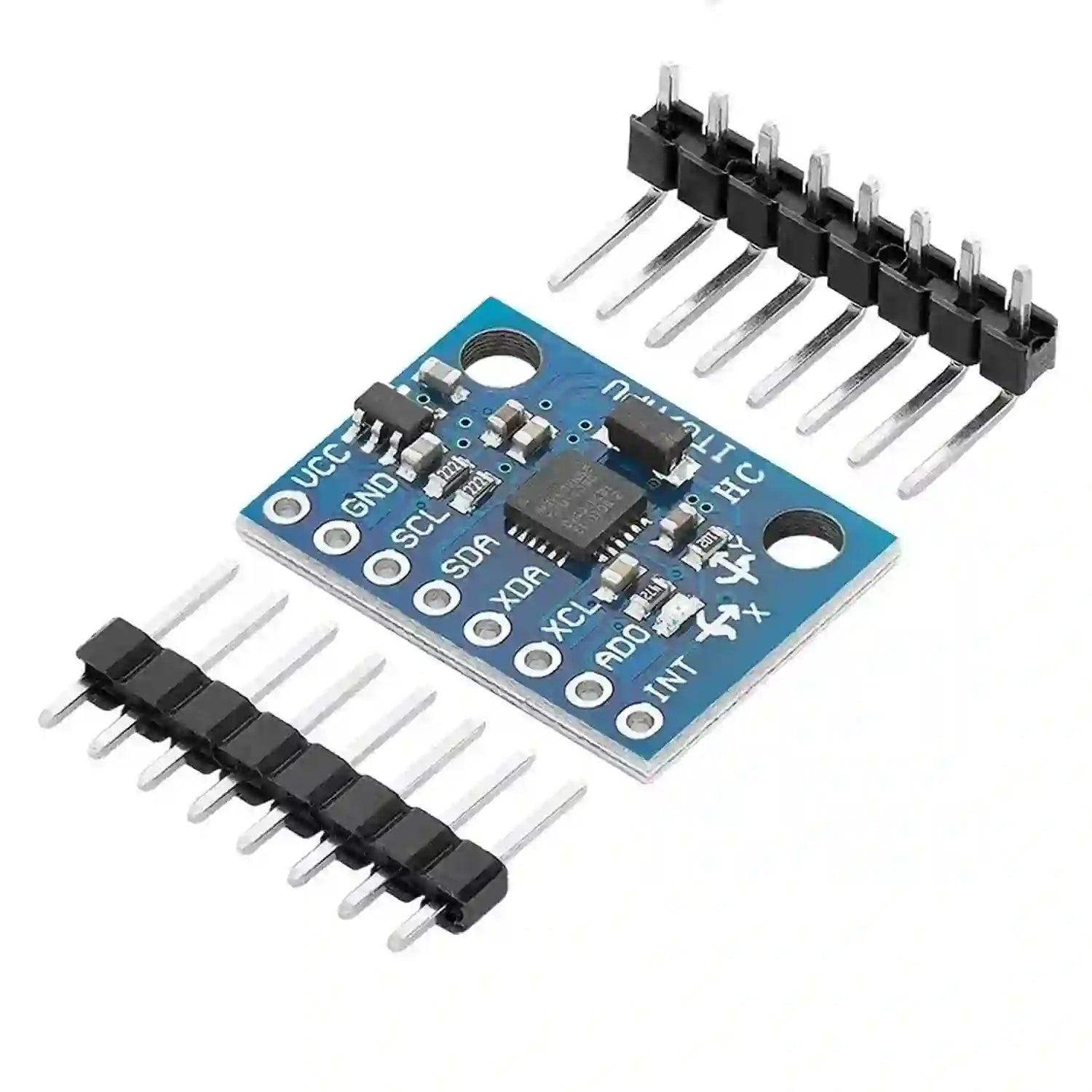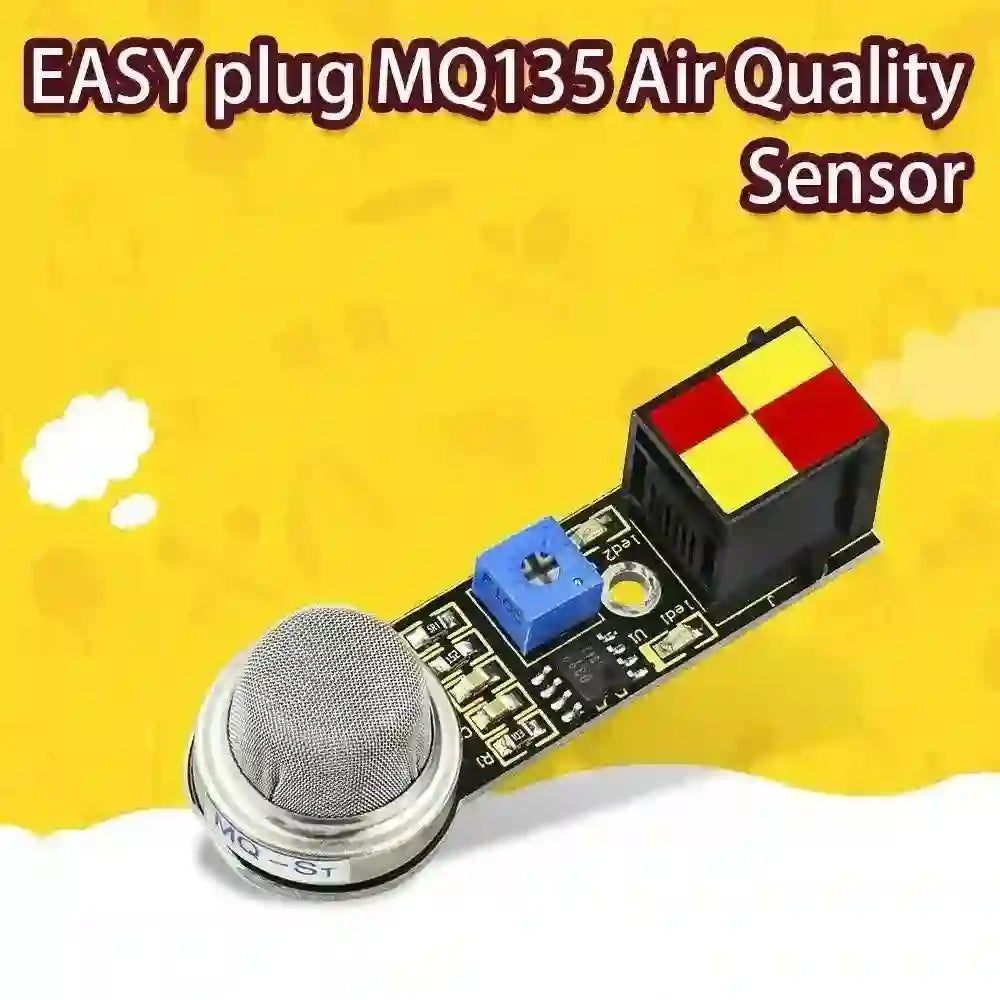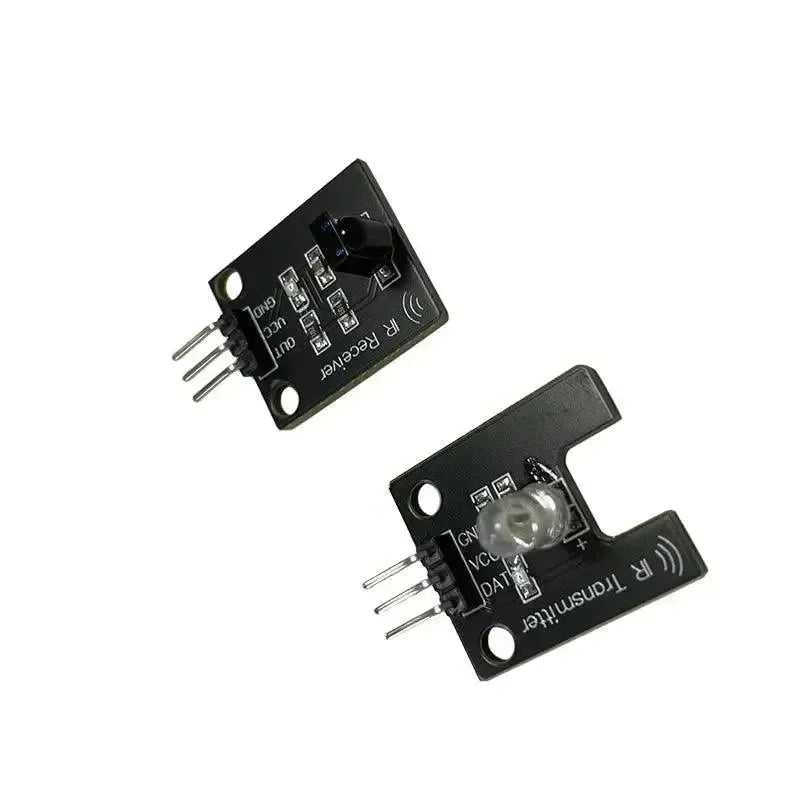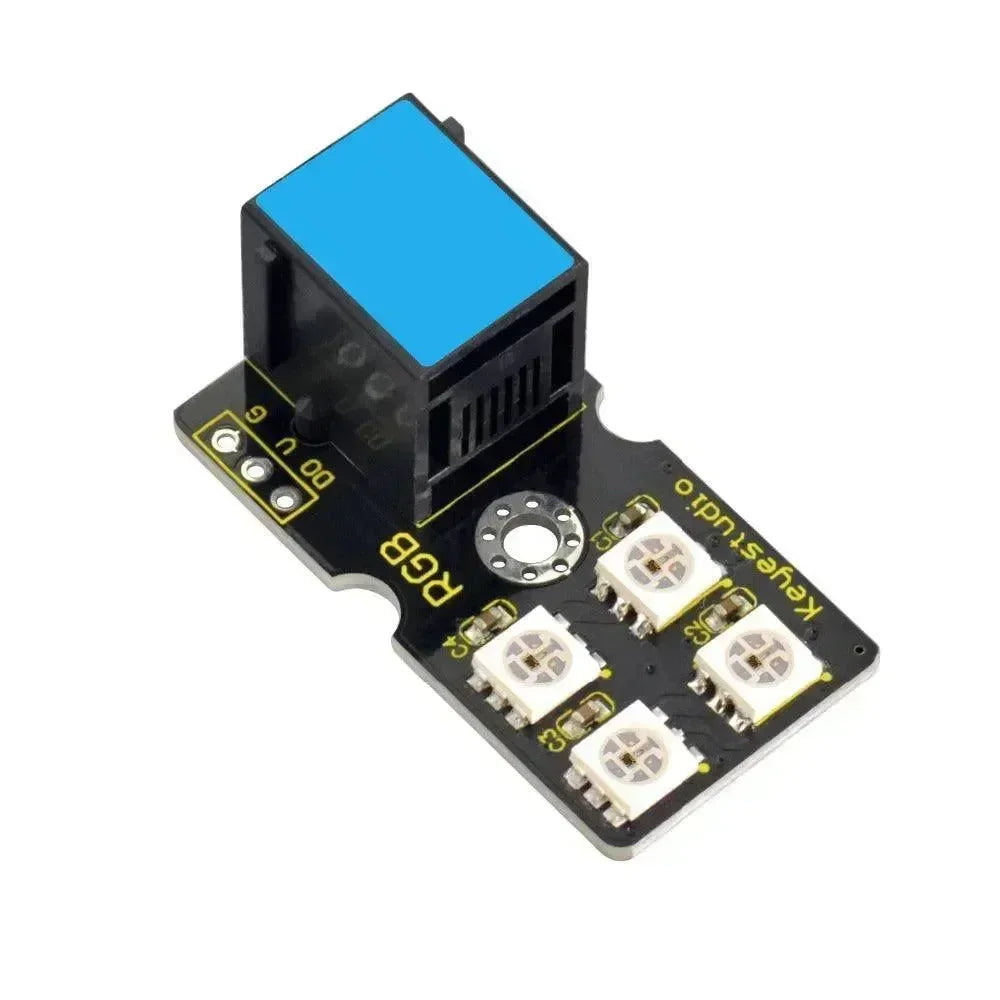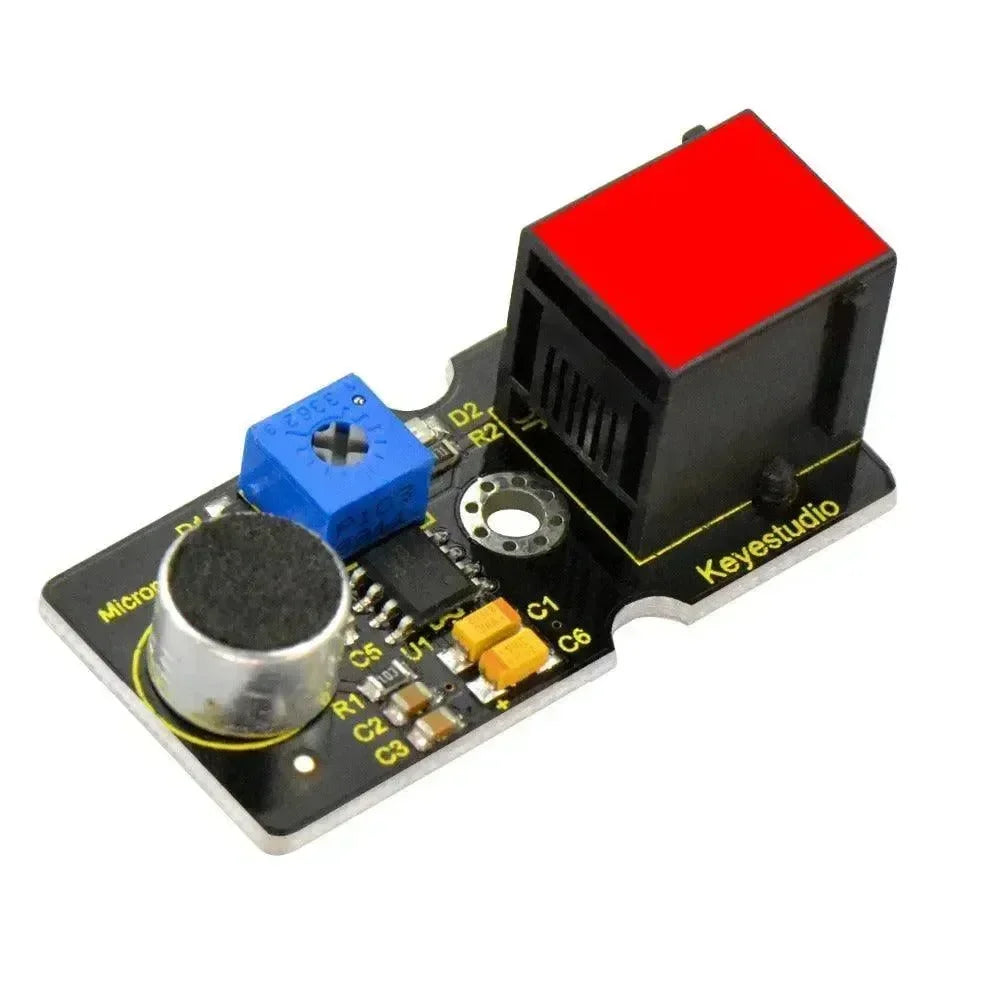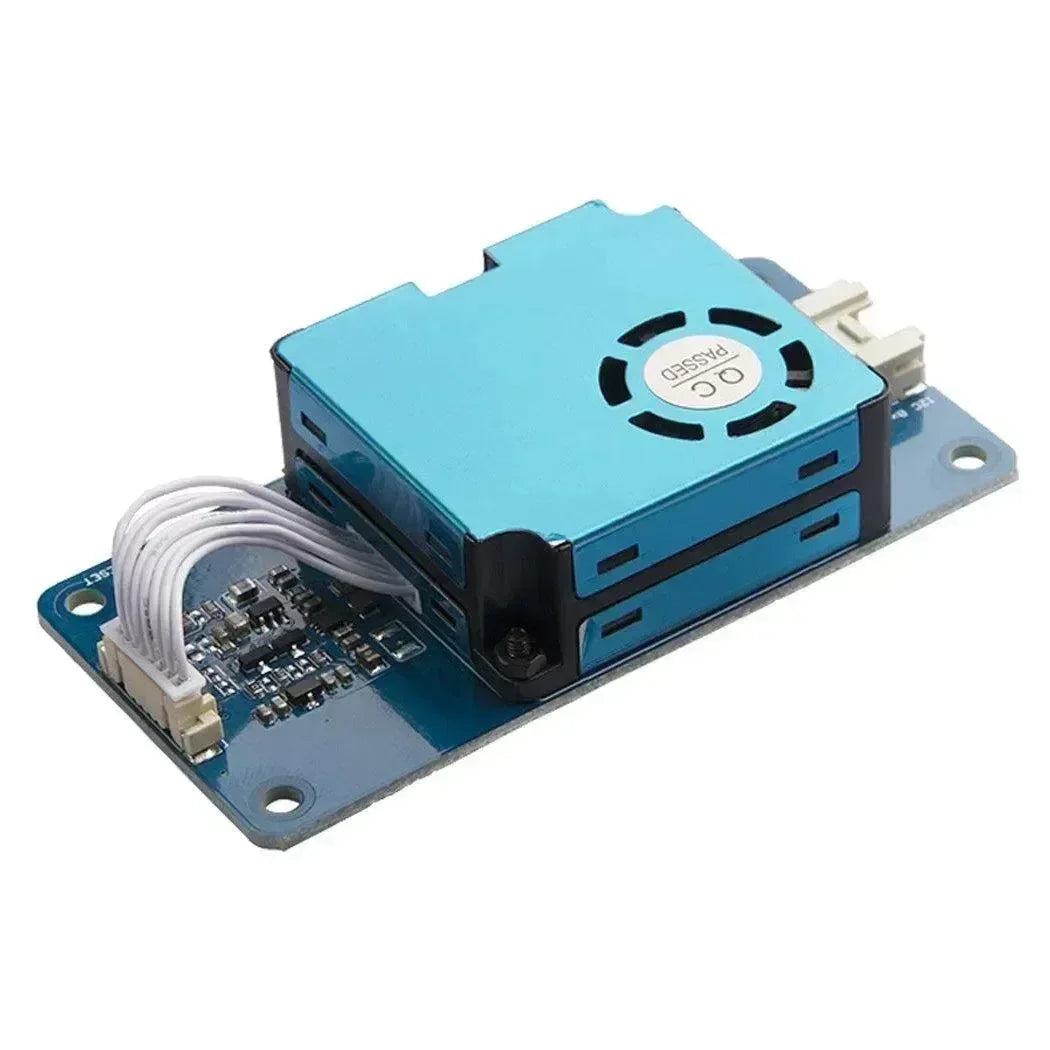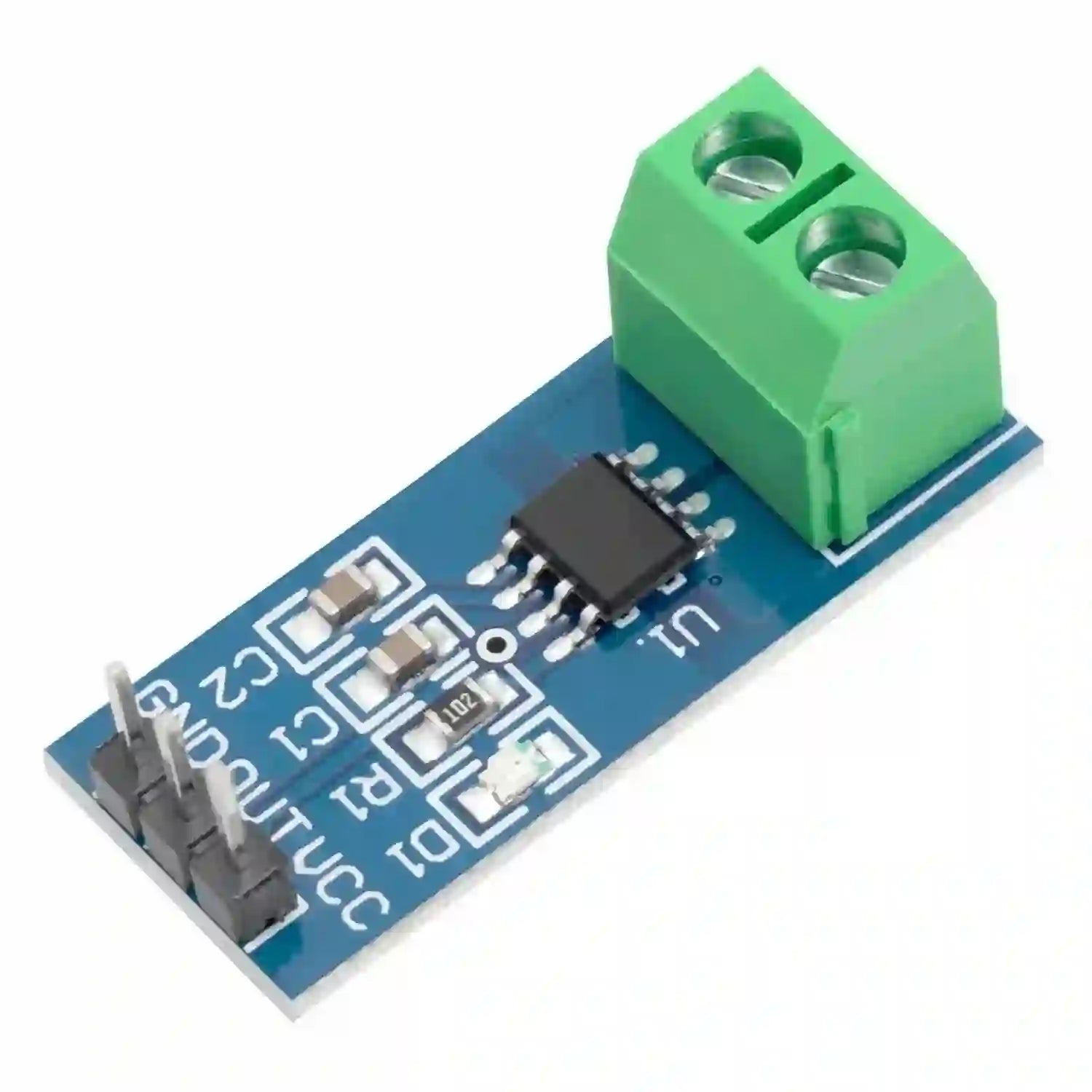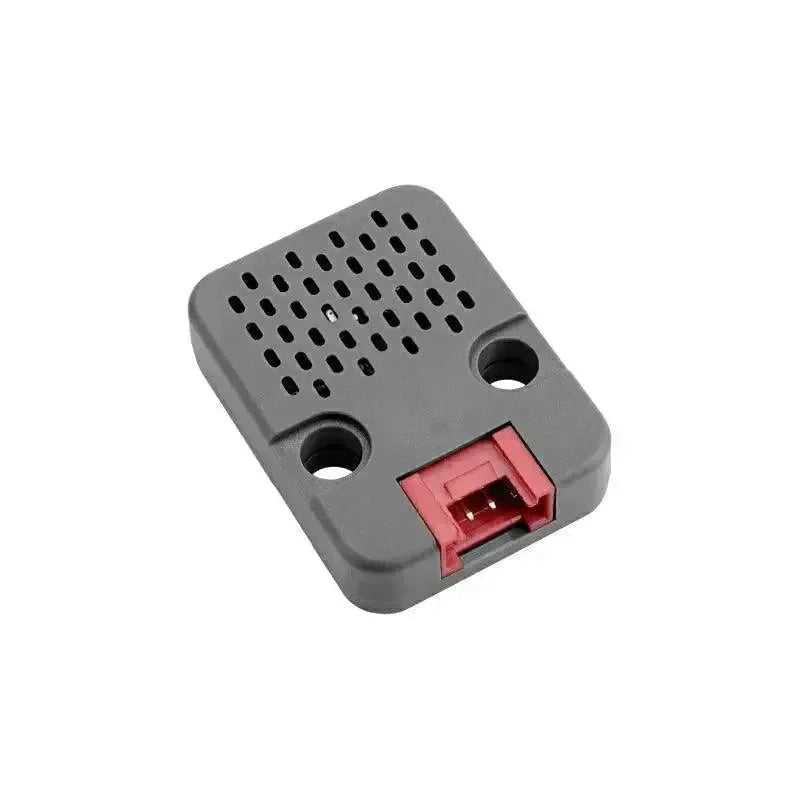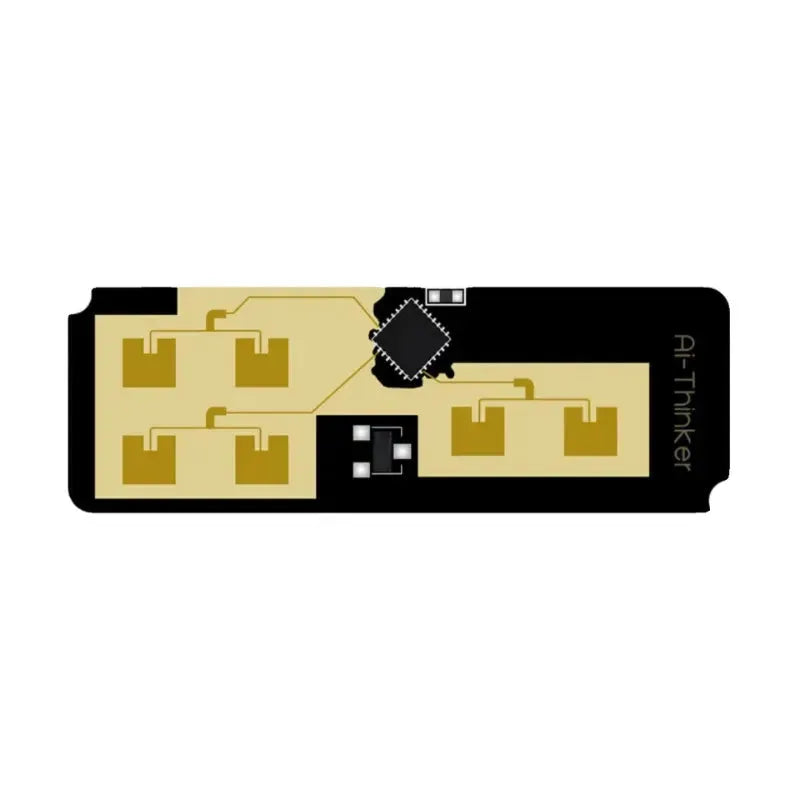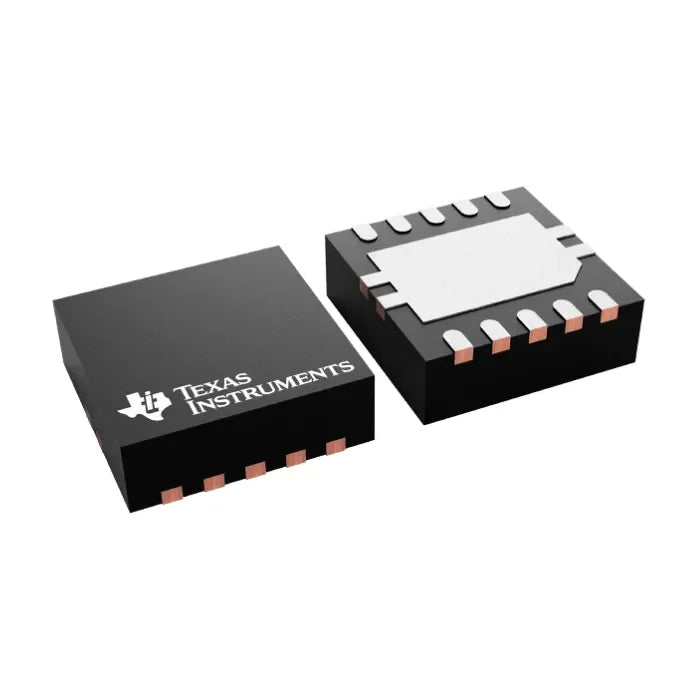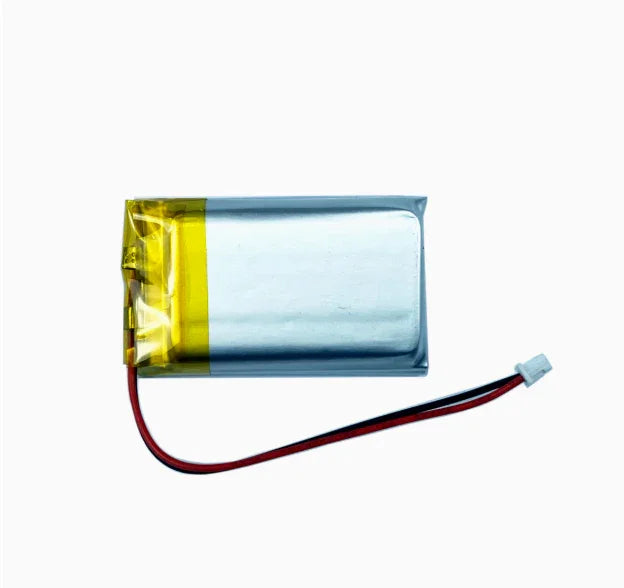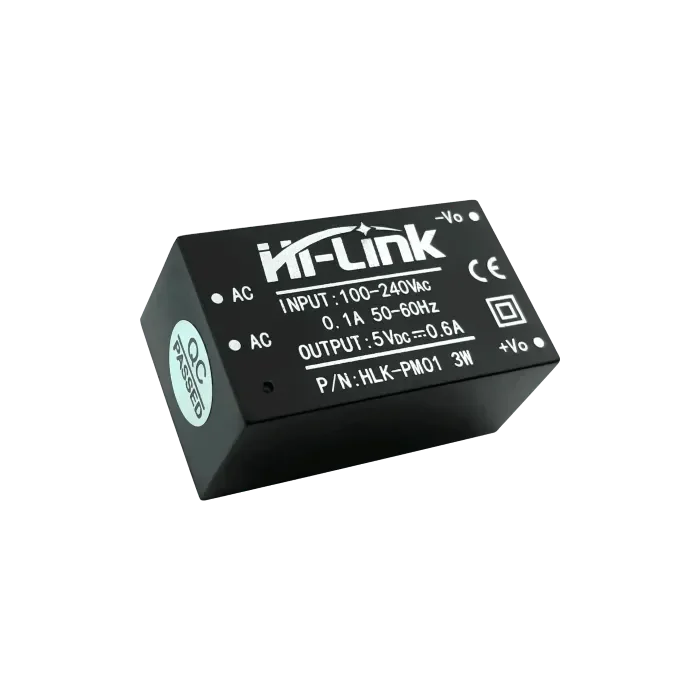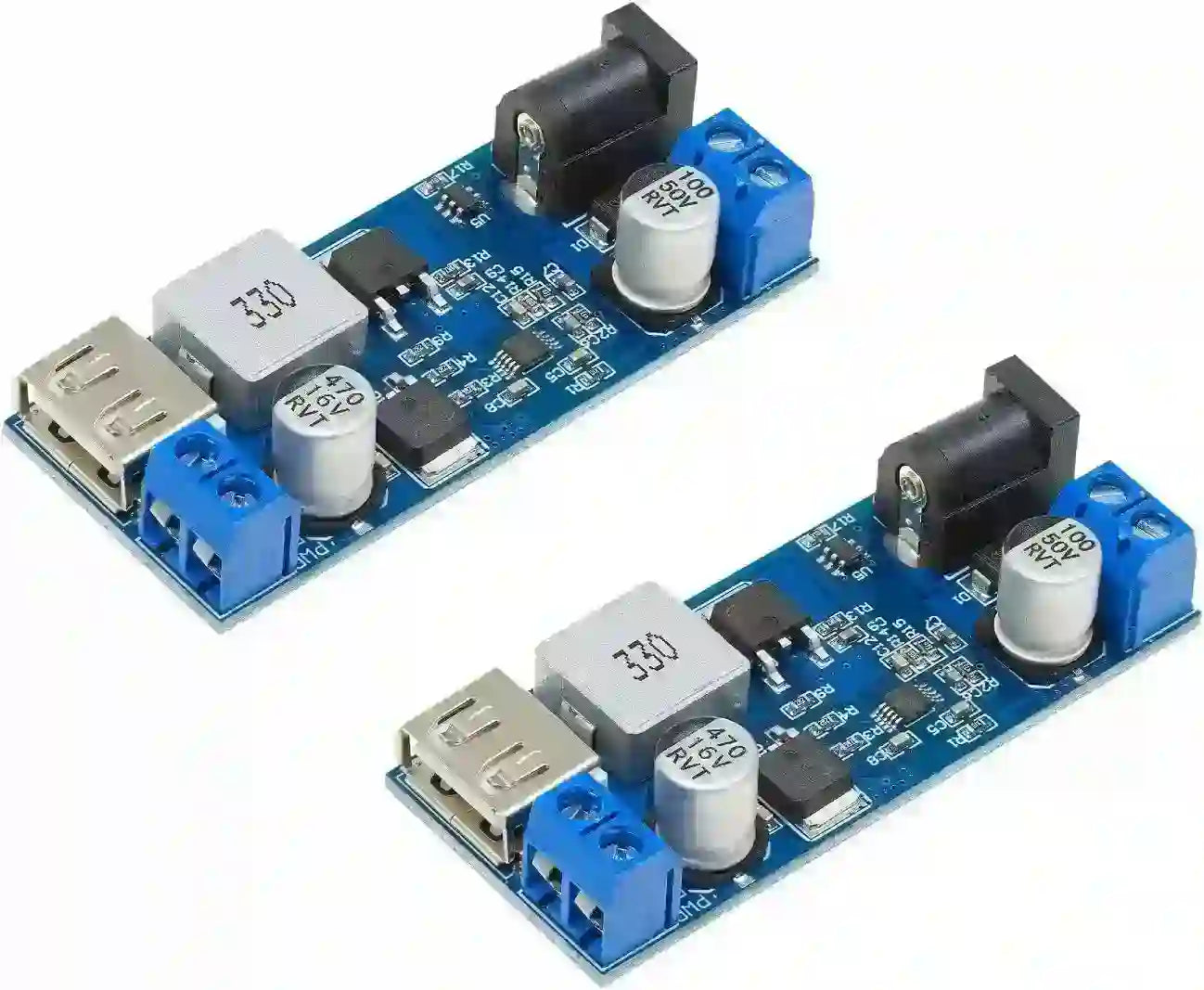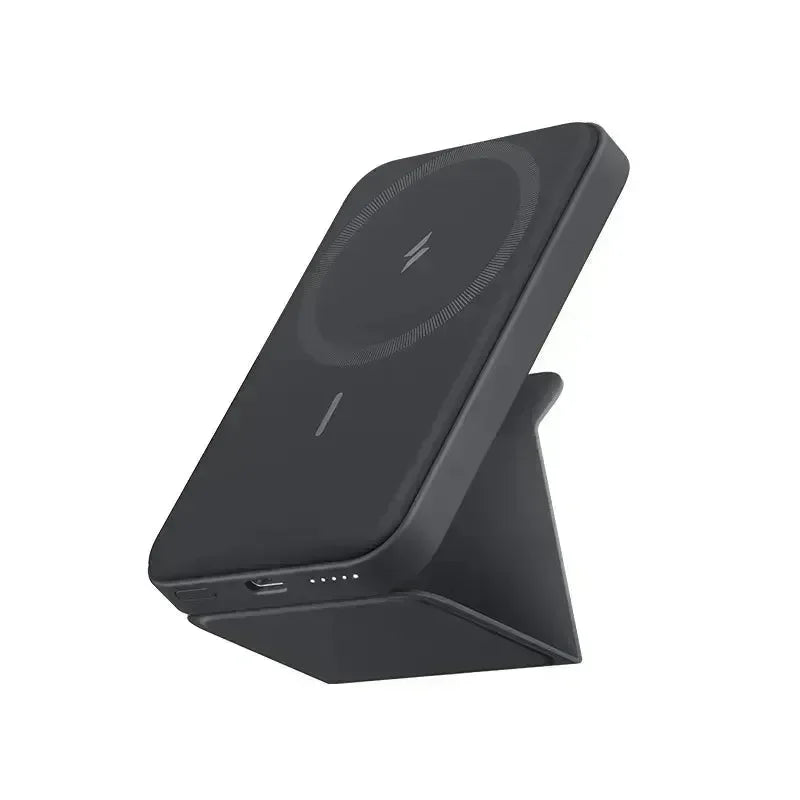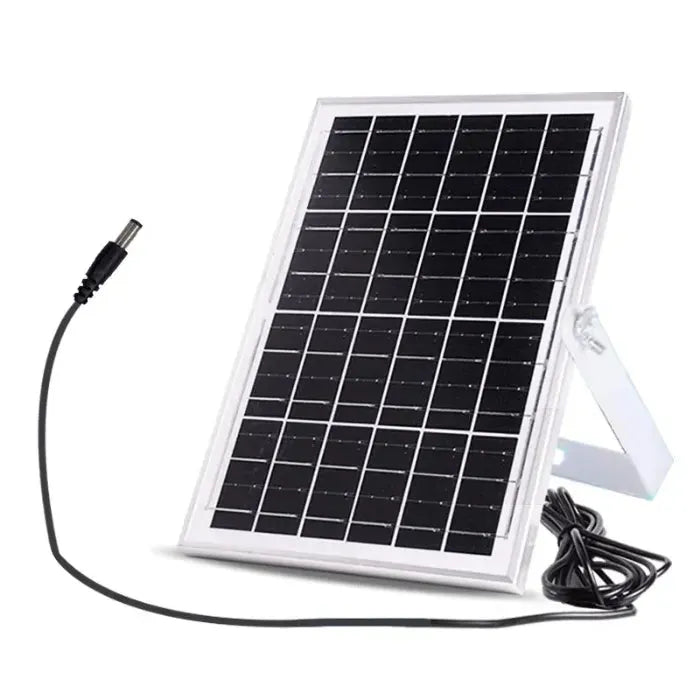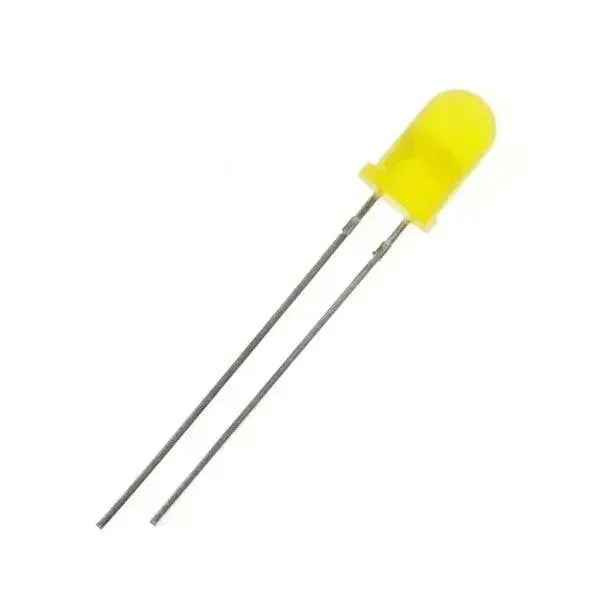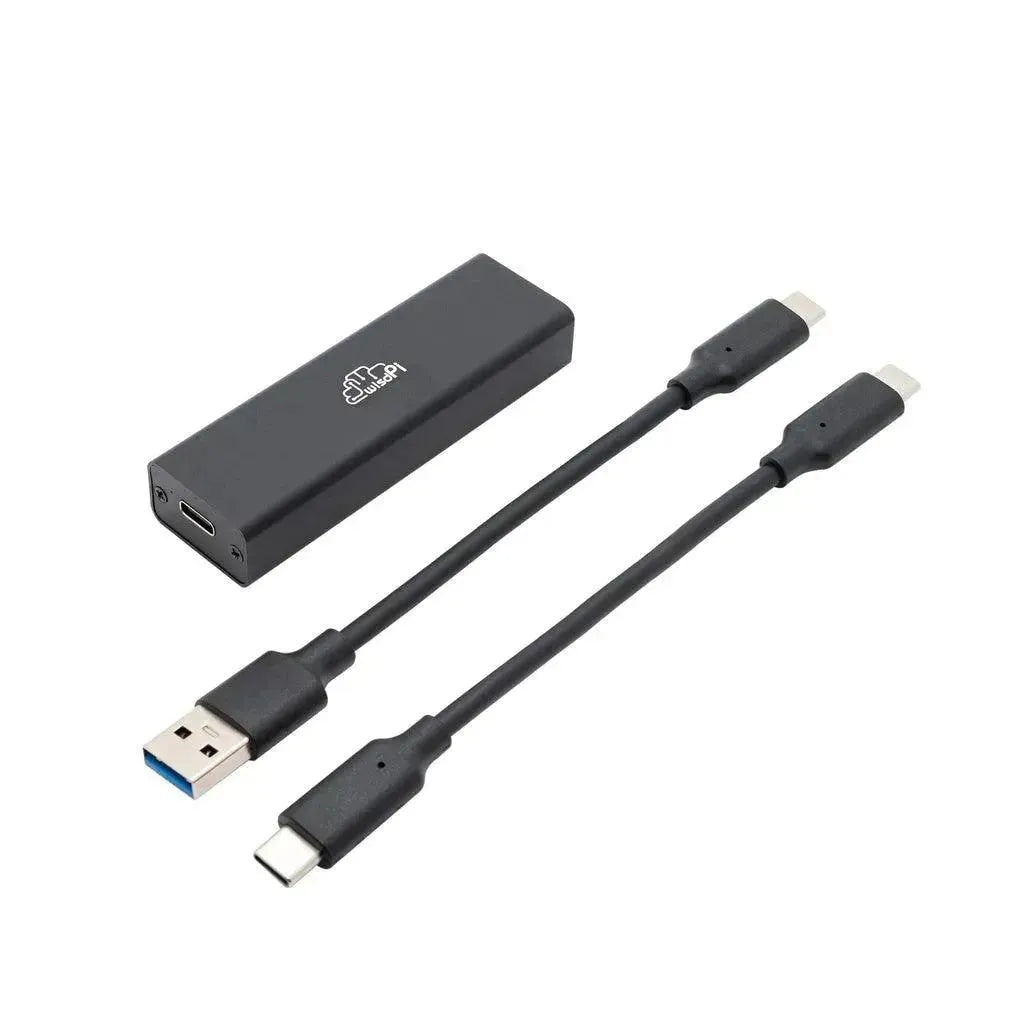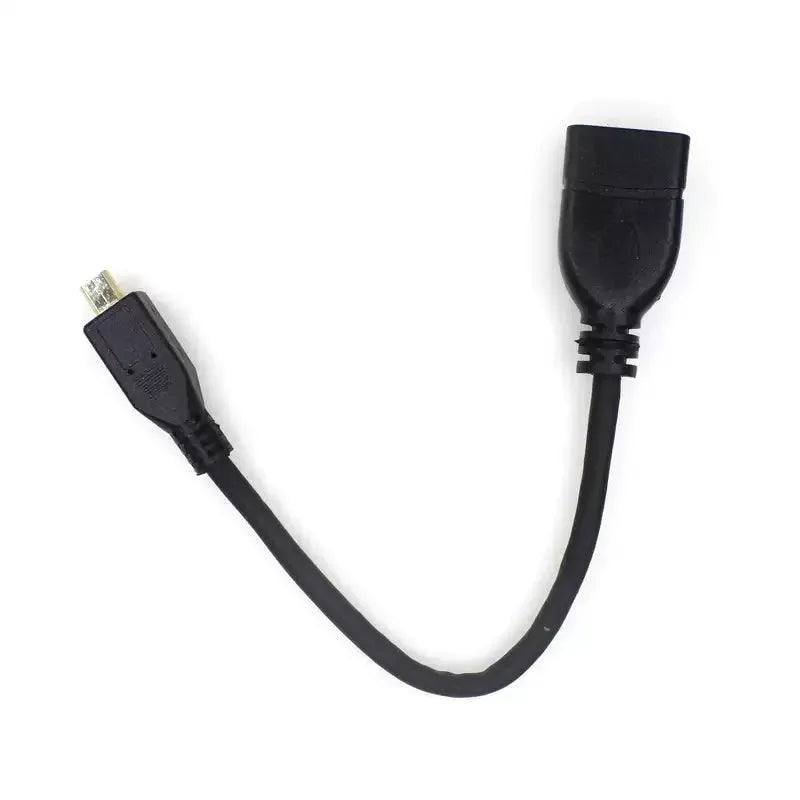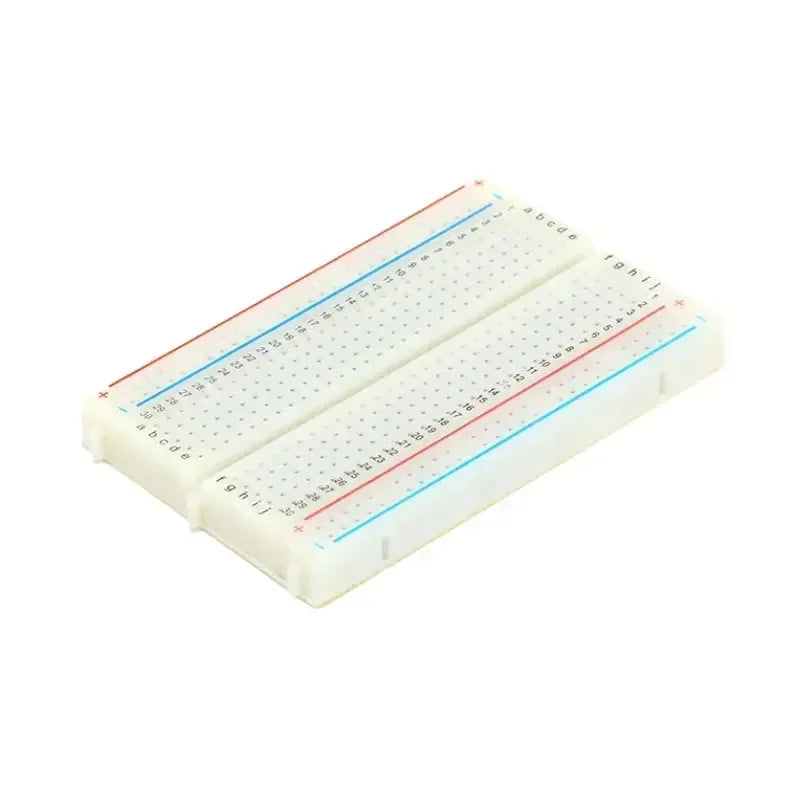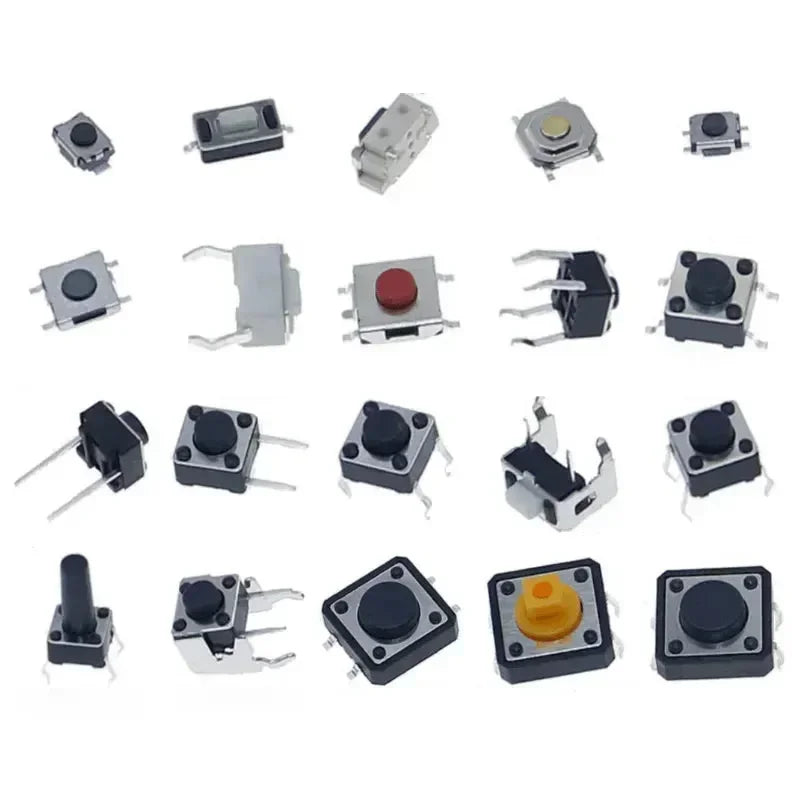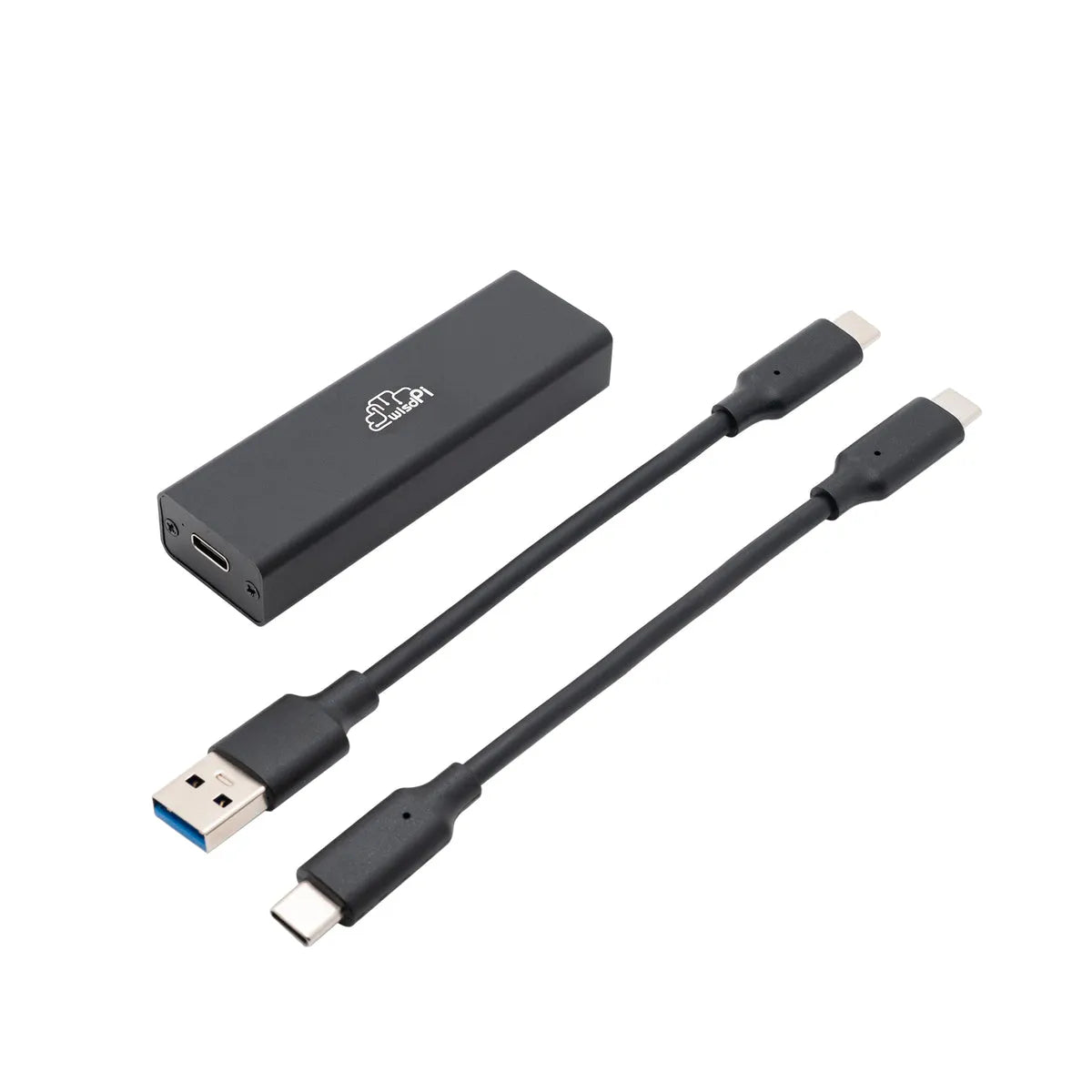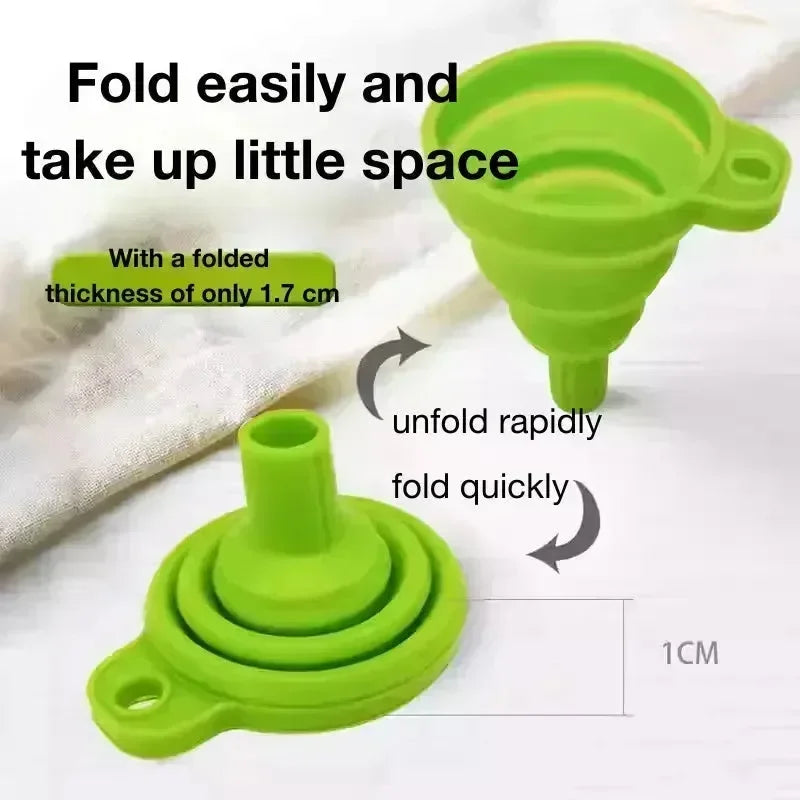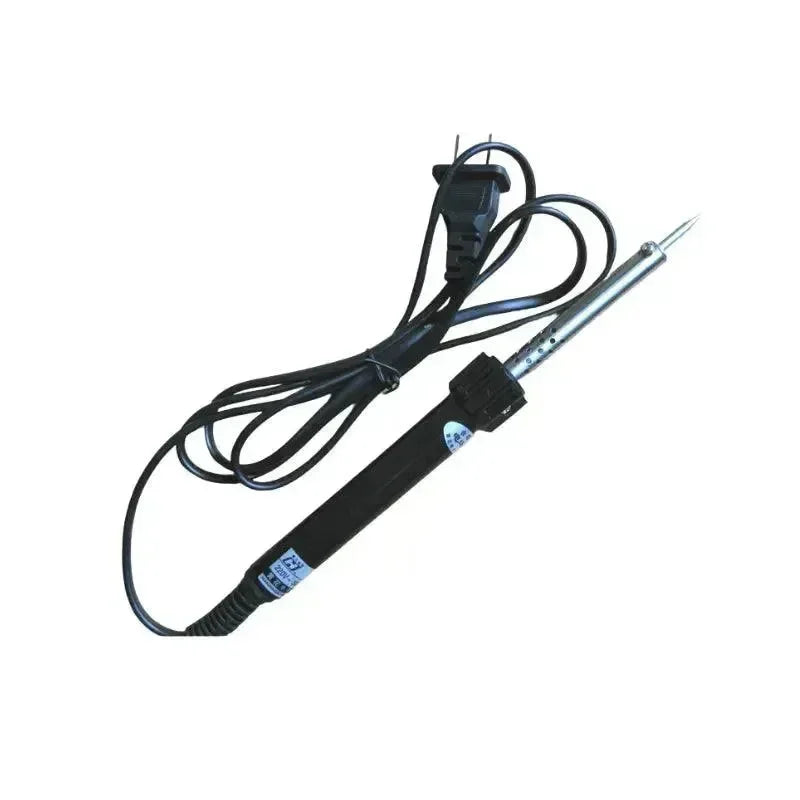Wireless video transmission is a hot demand in the market today. Products such as baby monitors, video doorbells and toys that need to remotely control and transmit video and audio streams need to be designed with low power, low bandwidth (approx. 1.3Mbit/s) and direct wireless communication for long distance applications. In this article, we will introduce the solution for wireless video transmission to understand the design concept of this reference design and the functional characteristics of the related devices.
Low Bandwidth, Low Power Wireless Video Transmission System
This reference design uses STMicroelectronics' high-performance, low-power, Arm® Cortex®-M7-based STM32H7 MCU family to build a low-bandwidth, low-power wireless video transmission system. The design avoids the use of power-hungry connectivity solutions such as Wi-Fi or high-cost wireless HDMI, and utilizes direct point-to-point data transmission, avoiding the need to connect over Wi-Fi to minimize hacking and Internet security issues. In addition, the design eliminates the need for an operating system, thus reducing the amount of system memory required, and supports long distance transmission with the ability to add additional PA/LNAs to increase the transmission range to 300m.
To minimize the cost of the solution, a low-cost SoC (System-on-Chip) implementation was chosen, using ST's STM32H7 MCU family based on the Arm® Cortex®-M7, as the processor utilizes ST's Non-Volatile Memory (NVM) technology to achieve the Cortex-M microcontroller's industry-leading 1,327 DMIPS per 3224 CoreMark, the industry's highest benchmark score, and executes from embedded Flash memory. In addition, it embeds a JPEG hardware gas pedal for fast JPEG encoding and decoding to reduce the burden on the CPU, combined with a multi-power domain architecture that can be set to optimize power efficiency by setting different power domain configurations in low-power mode.
In order to optimize the transmission quality of the video, an RF module supporting low power consumption, long range, and strong anti-jamming characteristics is selected, which operates in the 2.4 GHz ISM band, modulates with GFSK suitable for this application, and implements both the receiving and transmitting ends in the embedded system.
Comprehensive Wireless RF Solutions
The hardware design of the solution demonstrates wireless video transmission and reception using a low-power RF connection, so it is equipped with two units including an AV transmitter and an AV receiver.
The demo unit of the AV transmitter integrates a camera module for capturing video data, a pulse density modulated microphone (PDM) for capturing voice data, and an RF module for transmitting AV data. The video data is fed to a hardware-accelerated JPEG encoder based on an Arm® Cortex®-M7 core microcontroller to perform video compression. The microcontroller's decoding software converts the PDM audio data into Pulse Code Modulation (PCM) format data, then combines the video and audio data and passes it through the SPI interface to the RF module for transmission to the receiver unit. An optional LCD panel is used for user interface and captured video display functions.

To speed up development, the STM32H7B3I-DK Discovery kit was chosen for development, which is a complete demo and development platform for the STM32H7B3LIH6QU microcontroller based on the STMicroelectronics Arm® Cortex®-M7 core. The kit includes almost all peripherals such as USB OTG_HS, microSD, USART, FDCAN, Audio DAC Stereo, Camera, SDRAM, Octo-SPI Flash and RGB interface LCD with capacitive touch panel.In addition, the ARDUINO® Uno V3 connector allows easy connection to expansion daughterboards, and the RF module is designed to be suitable for The RF module is designed to fit into this ARDUINO® Uno V3 connector as a daughter board to connect the RF module to the microcontroller to transmit AV data.
The AV Receiver Demo Unit, on the other hand, incorporates an RF module for receiving AV data from the transmitter. The received video data is fed to the microcontroller's hardware-accelerated JPEG decoder based on the Arm® Cortex®-M7 core to decompress the video data into RGB format, an audio codec to decode the received audio data, and a DSI to HDMI adapter to pass the RGB video to the HDMI port.

The AV receiver utilizes the STM32H747I-DISCO Discovery Kit, a complete demo and development platform for STMicroelectronics Arm® Cortex®-M7 and -M4 dual-core based STM32H747XIH6 microcontrollers with four I2C, six full-duplex SPI with two multiplexed full-duplex SPI with four I2C, six SPI with two multiplexed full-duplexing I2S interfaces, SDRAM, Quad-SPI Flash, DCMI connector, MIPI DSI interface and more. In addition, the ARDUINO® Uno V3 connector allows easy connection to expansion daughter boards. The RF module is designed to fit as a daughter board plugged into this ARDUINO® Uno V3 connector, which connects the RF module to the microcontroller to receive AV data.

High Efficiency, High Quality RF and Image Sensing Module
The STM32WB55 RF SOC transceiver and RF EFM for 2.4Ghz band RF EFM is a small form factor module with UART and SPI interfaces for control and data transmission. It has a maximum output power of up to 20dbm in the 2.4GHz band and is capable of transmitting data up to 200m line-of-sight. The module utilizes frequency hopping technology to avoid interference with other systems, thus allowing multi-user and Wi-Fi friendly coexistence.
The STM32WB is a 32-bit Arm® Cortex®-M4 based MCU with a multi-protocol wireless RF transceiver integrated chipset that will handle all the processing associated with the RF layer, including data loss retransmission, RSSI, RF power control and FIFO, making the entire wireless communication process transparent to the system.
The image sensor module in the demo supports 2 camera modules, in addition to the CMOS sensor module shipped with the STM32H7 EVB, there is also a module built from the MT9M114 image sensor, lens, and filter from ON Semiconductor. Built on an FPC board with a standard parallel interface, the module allows users to easily develop imaging systems without having to worry about focusing, filtering, and optical alignment.
The camera module uses ON Semiconductor's 720p image sensor, the MT9M114, which is a high-quality image sensor designed using an SOC. The SOC implements a variety of camera functions, including autofocus, autowhite balance, and auto-exposure, making it a cost-effective, compact, single-chip solution that delivers superior image quality and ease of integration, which reduces overall system cost and accelerates time-to-market. time-to-market.

Advanced, Free, and Extensible Software Development Environment
For software development, STM32CubeIDE ver.1.6.1 is used for source code programming and debugging. STM32CubeIDE is an all-in-one, multi-operating system development tool provided free of charge by STMicroelectronics, which is an advanced C/C++ development platform with peripheral configuration, code generation, code compilation, and debugging for STM32 microcontrollers and microprocessors. functions.
The software development of the AV transmitter starts with the initialization of the RF module, the camera module and the PDM microphone. The camera captures the video data through the DCMI interface of the STM32H7. Each video frame captured generates an interrupt, the frame buffer is transferred to the system memory through a DMA channel, and then the frame buffer is fed to the STM32H7's built-in hardware JPEG gas pedal, which compresses the video frames into the JPEG format to minimize the required bandwidth. At the same time, the PDM microphone captures the voice data through the DFSDM interface of the STM32H7 at a sampling rate of 8Khz and converts the pulse density modulation data to 16-bit pulse coded modulation data through software decoding, and a proprietary compression scheme is implemented in order to reduce the bandwidth of the transmitted audio data.
The software development of the AV receiver then starts with initializing the RF module, audio codec and DSI-to-HDMI adapter, then the STM32H7 microcontroller monitors the status of the RF module, and once the AV data is received, the video data is extracted and fed into the STM32H7's built-in hardware JPEG gas pedal, which decompresses the video data into RGB frame data.The RGB frame data will then be transferred to the display buffer and the video will be output to the LCD monitor if an LCD is installed. Otherwise the video will be output to an external HDMI display via a DSI-to-HDMI adapter. For the received audio data, they will be decompressed and then amplified to a 16Khz sample rate to accommodate an external HDMI device (e.g. a TV with minimum sample rate requirements).
The reference design will be further developed in the future, including packet loss detection and error handling for wireless transmission to improve the stability and durability of the video transmission. On the other hand, the design currently uses proprietary compression and decompression algorithms, and in order to support higher sample rates and maintain a minimum bandwidth, other audio codecs, such as the G722, MP3 encoder, can be implemented. In addition, for certain applications such as doorbell monitoring, the STM32H7 processor can be utilized to incorporate a face detection algorithm that detects the face before activating the RF for video transmission to further reduce power consumption.
Conclusion
This paper utilizes STMicroelectronics' low-cost, high-performance Arm® Cortex®-M7 core-based STM32H7 family of microcontrollers to build a low-bandwidth and low-power wireless video transmission demonstration solution that optimizes the use of the STM32H7's built-in hardware-accelerated JPEG engine to reduce the bandwidth required for transmitting video, and the low-power The RF module utilizes the 2.4GHz ISM band and a proprietary communication protocol to improve the power efficiency of RF transmission. The RF module's embedded streaming API firmware shortens the development time of the solution and allows developers to focus on different applications, such as a baby monitor or doorbell monitoring system, and this reference design will benefit designers interested in developing related products.

